Spain, Navarra and La Rioja. The empire and the tar.
Spain and I, we got along with each other immediately well, despite her tough landform out of the Pyrénées, and 4 days of a fog comically narrowing the views, without any opportunity for a single sunray. Perhaps was it due to a first acquaintance through the Chartered Community of Navarre, about which I knew very little. I had in mind the refrain hammered at school about the « King of France and Navarre » title, modulated on the whim of the rich and mighty’s agreements, on a young persons trade – kids destined to sovereignty, blue blooded toddlers swapped in the crib, alliances of dynasties brewing red blood corpuscules and idioms, continuing the sluggish irrigation, the slow interbreeding of Europe in accordance with geo-political and religious applicable strategies. The sublime cinematography of La Reine Margot by Patrice Chéreau, and the future Henri IV, yet a grieving huguenot in the midst of an upheaval. Astounding ruffs soon to be all covered with stains, haemoglobin spurts sending purple the black and white clothes of the Auteuil-protestant who would mention here and there his shimmering province, trying to convince the Adjani-Marguerite of its marvels. My Navarre was strange and was situated nowhere, she had the appearance of a severe shirt and the allure of comradeship, she would shelter the pomp of a land able to deliver an infant as a royal trade change to the Capetians but would also seem austere, boorish, was a promise of a sweet sunny life, had the mystery of a country one is snatched out of, a country that some character cliffhangered on the turn of his historical destiny deeply regrets, without us ever seing it. As a matter of fact, she barely showed herself, dressed in a humid and misty costume.
Perhaps was it due as well to my instant discovery of the Polvorones, Christmas sweets of the shortbread type, made of almonds and cinnamon, that were born in Andalousia, or to the undamaged little villages blooming at the top of the hills – it means a bunch of them, with their low-built churches and golden stones ; to a lasting rusticity made partly of a co-operative and crafty tradition, enriched today with tourism, and seeming to escape the poverty of lands that capital and lifeblood has fled away from once their ressources drained out, such as I treaded upon later ; to the spirit of independence that reigns there and the idea of a basque custumal tradition (fueros) somewhat libertarian ; to this stony ground that does not combine easily with tent pegs, and which, arriving in La Rioja, became red, clayey, wine-yardy, my only clue in the permanent clouds of a geological change that would unveil its whole breadth only days later about 4 p.m, on a 14th of December when Najera would be reached, then Santo Domingo de la Calzada, and when a moment of sun took place.
The overwhelming density of historical relics, from ancient ones to the most recent, the evident form of decomposition in urban centers since Logrono (capital of La Rioja), had the look and feel of an outpost monitoring the ancient continent’s current fundamental metamorphosis, but through the same pattern as before, with the same seismic hint: the infrastructures of mobility and spread, those highways of war, trade and culture, and what happens of them after, or as a cause of each Old World colonial empire’s collapse, from Alexander to Westminster (and Wall-Sreet!). From my privileged observatory that Nacionals of Navarre and of La Rioja and its blatant poverty are – deserted in winter, from the flaking steel of my 7cm high above the ground patineta tranquileta, I saw with an unexpected clarity the future of those shiny Autopistas and Autovias, nowadays decorated with traffic signals forbidding access to pedestrians, two-wheels engines, tractors and carts.
What will happen is masterfully announced in the negative of the markings: those roadways pulled out of the ground by then powerful and builders State-Nations, using a mixed labour yet seduced by the secularized pledge of Progress and unwilling to reckon its slave status, fitting closely with the expanding volumetry of the popularising car fleet, those lanes will crackle, end up more and more abruptly, get covered with sand, go green, will add up to the very thin terrestrial layer designated a UNESCO World Heritage. Rejoining the Roman viae, the trails of Reconquista and pilgrimages such as the Camino de Santiago I’m closely following from the tarmac and the Ruta de la Plata I’m about to follow, objects of new ambulations but holder of the same historical doubled helix code which will nevertheless give structure to our multilinear tale, the road networks of the 20st and 21st centuries, about which it will be told that they lasted for a century and a half, they will soon be crowded with pedestrians, two-wheels, horses cats dogs foxes and tractors (Quentin’s one too perhaps, with his machine, Java and the 1000 ewes following wisely), hover-boards and camels, a photovoltaic Papamobile on autopilot, whose unique Chinese passenger will have just sealed a papal bull recognizing the possible but not yet tangible – infinite and vital shade of the temporal Church – existence of wormholes, a few wanderers intrigued by the repeated passage of History, not as a tragedy or as a farce (as would say the bearded Slovenian), rather as a ritornello or the score of a musical variation, whose, let’s wish it, the ad libitum sung melody’s centripetal force will bring back with elegance the same power of reinvention (as would say the mustached Prussian).
A thing already palpable in the unadornment, the simplicity of access, the generosity and joy of the autochthons speaking that I could get familiar with in the north of this Iberian peninsula – at the frontline, as Greece is for sure, on the top of the wave in a synchronised phase of advent, breaking, reflux, of what’s coming before, during and after the time of profit and desire alienation, of the domestication of everything, of a science without conscience (as would say the French humanist), of the craziness of technics from which one can not nor knows anymore how to measure the effect (as would say the Austrian essayist).
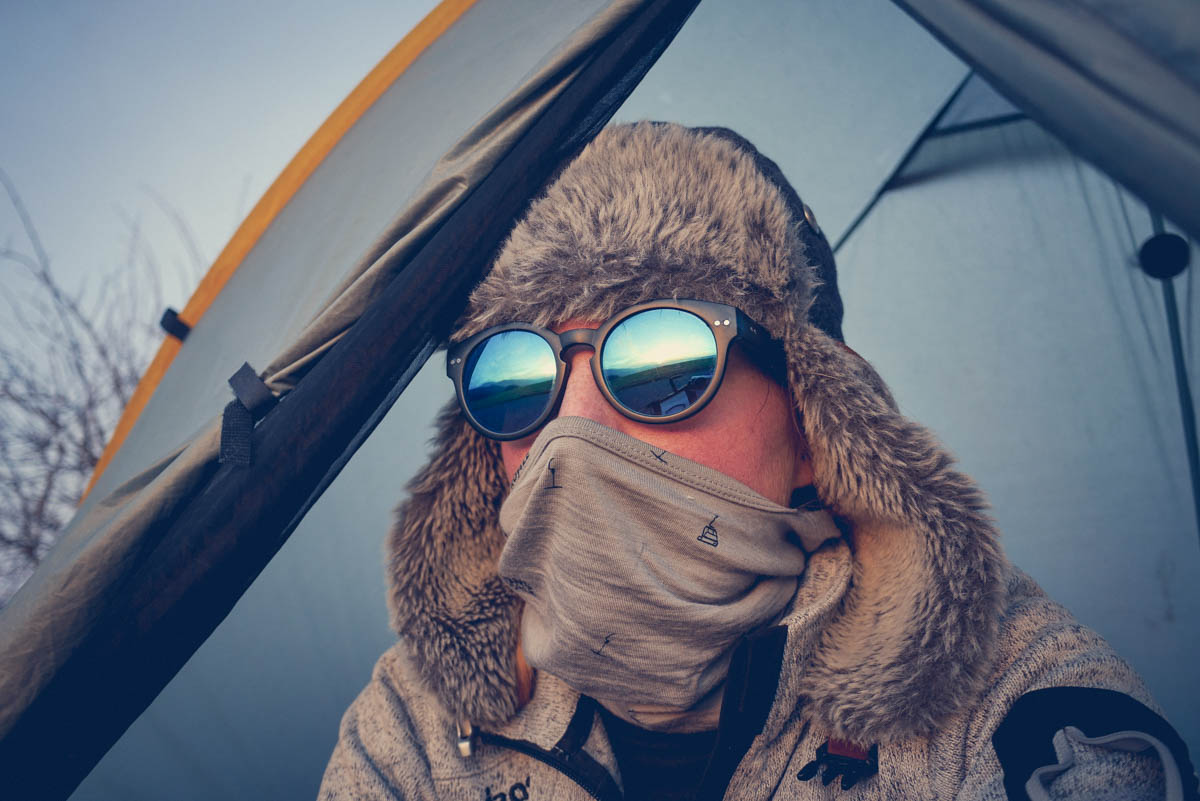
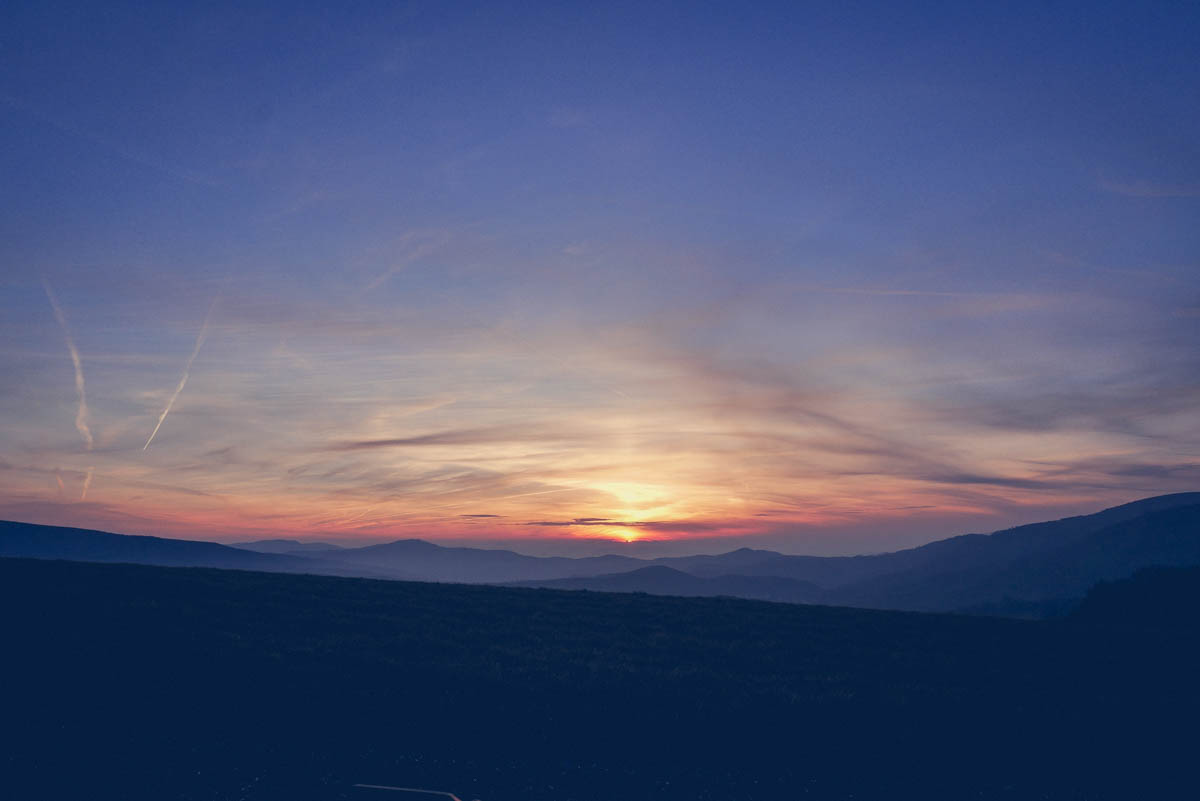
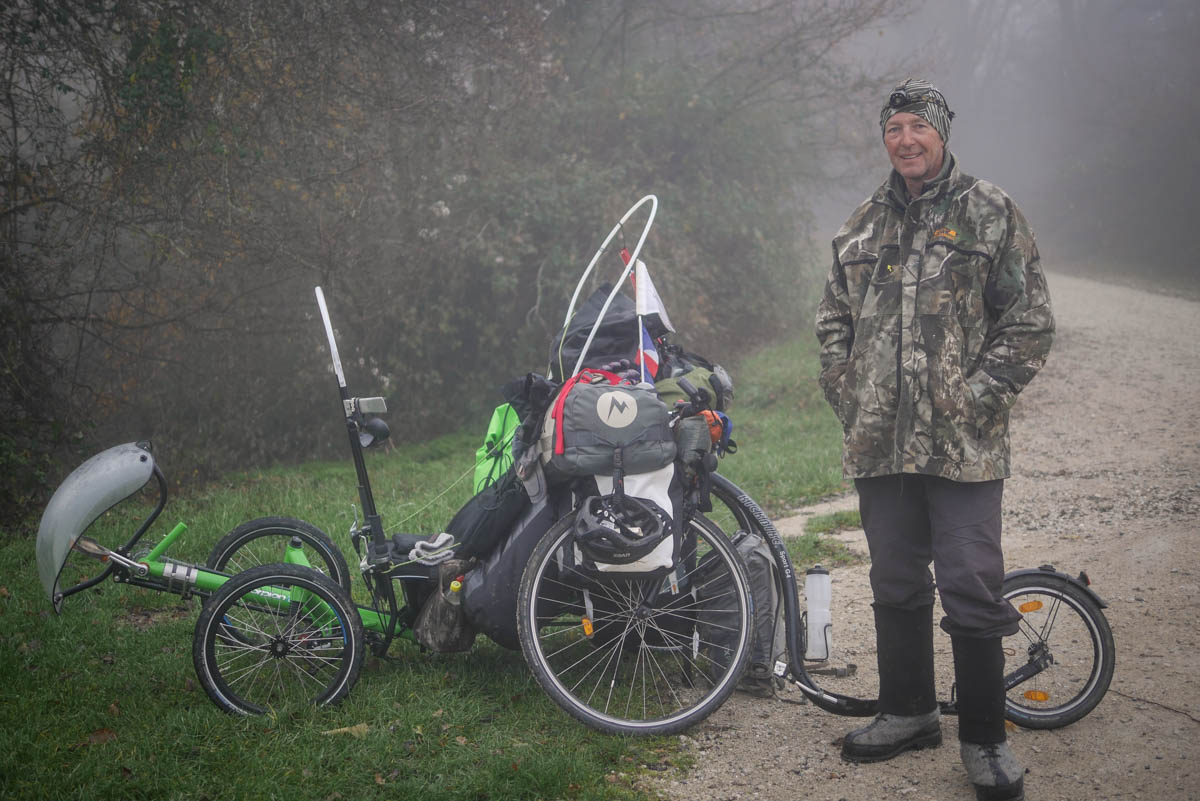
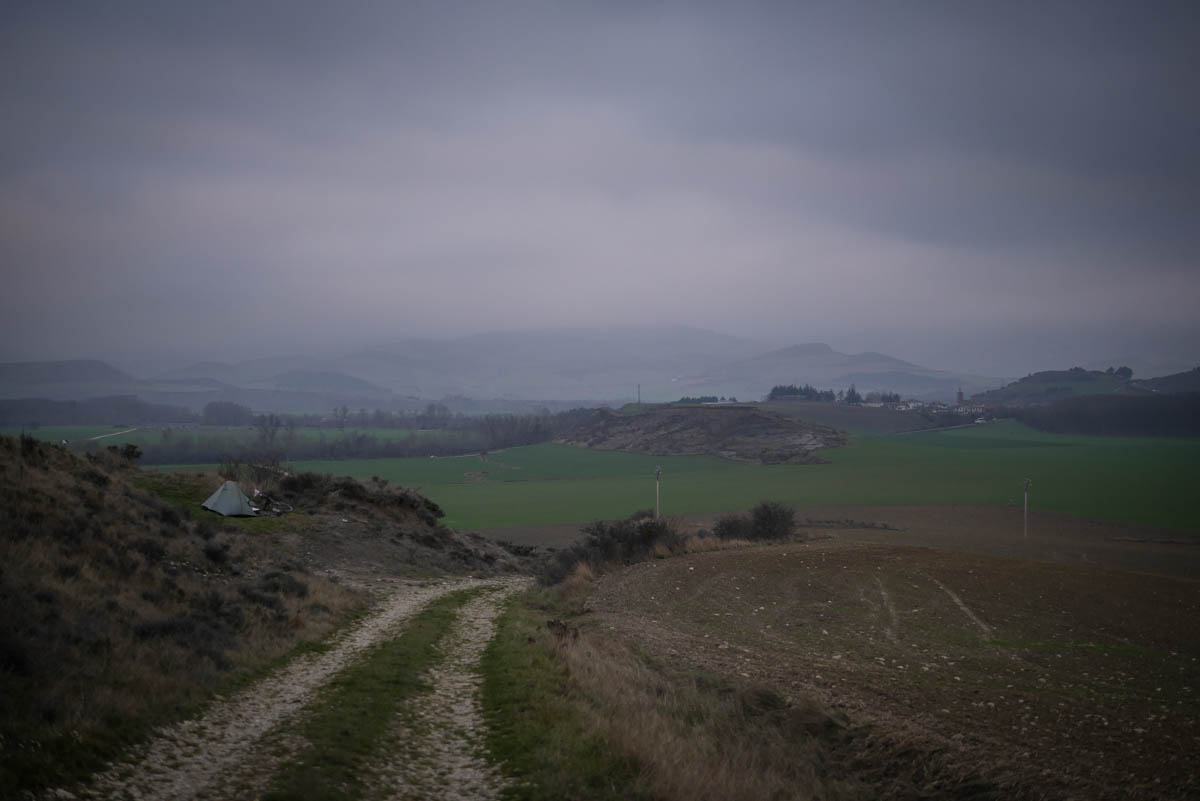
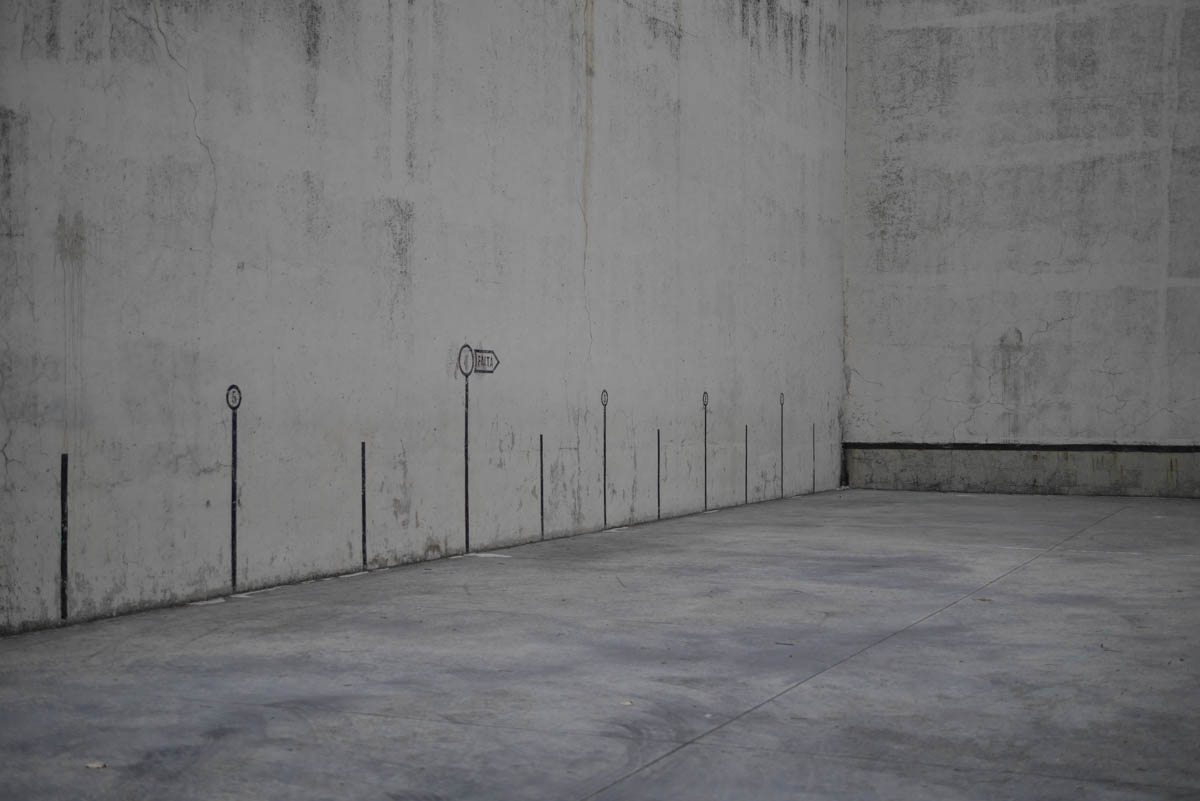
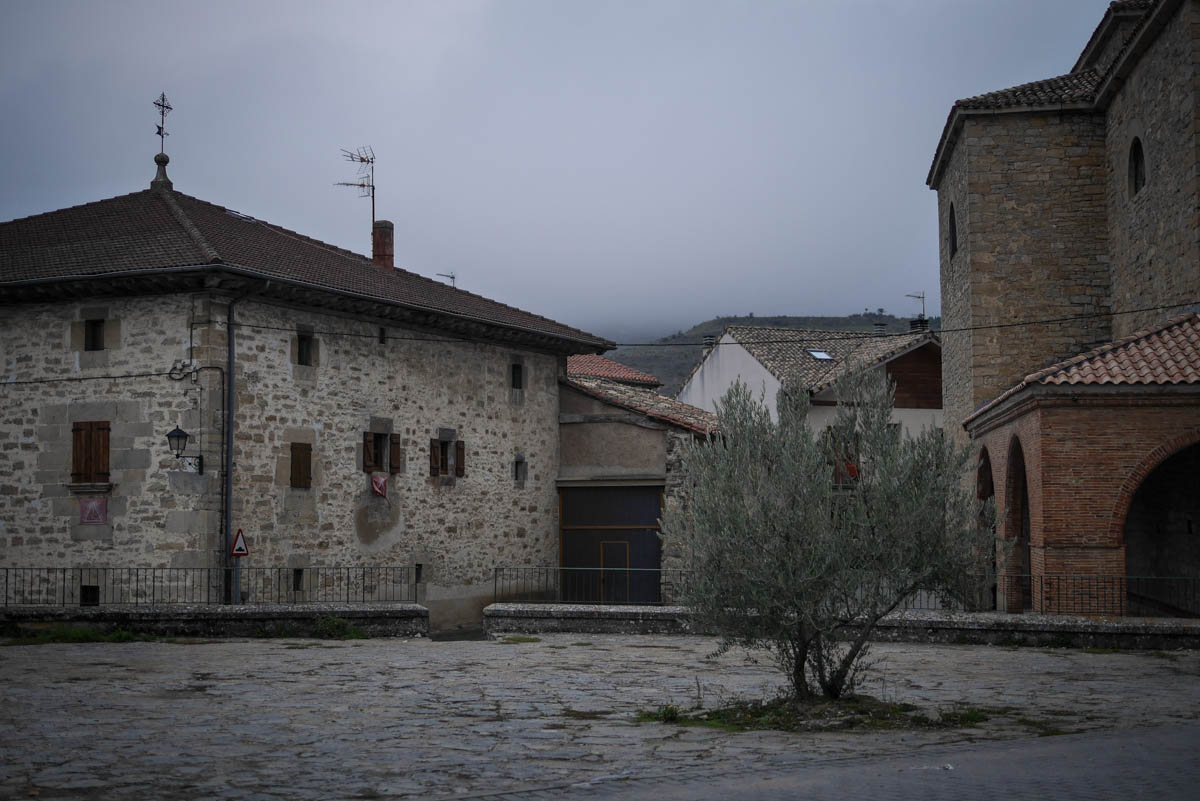
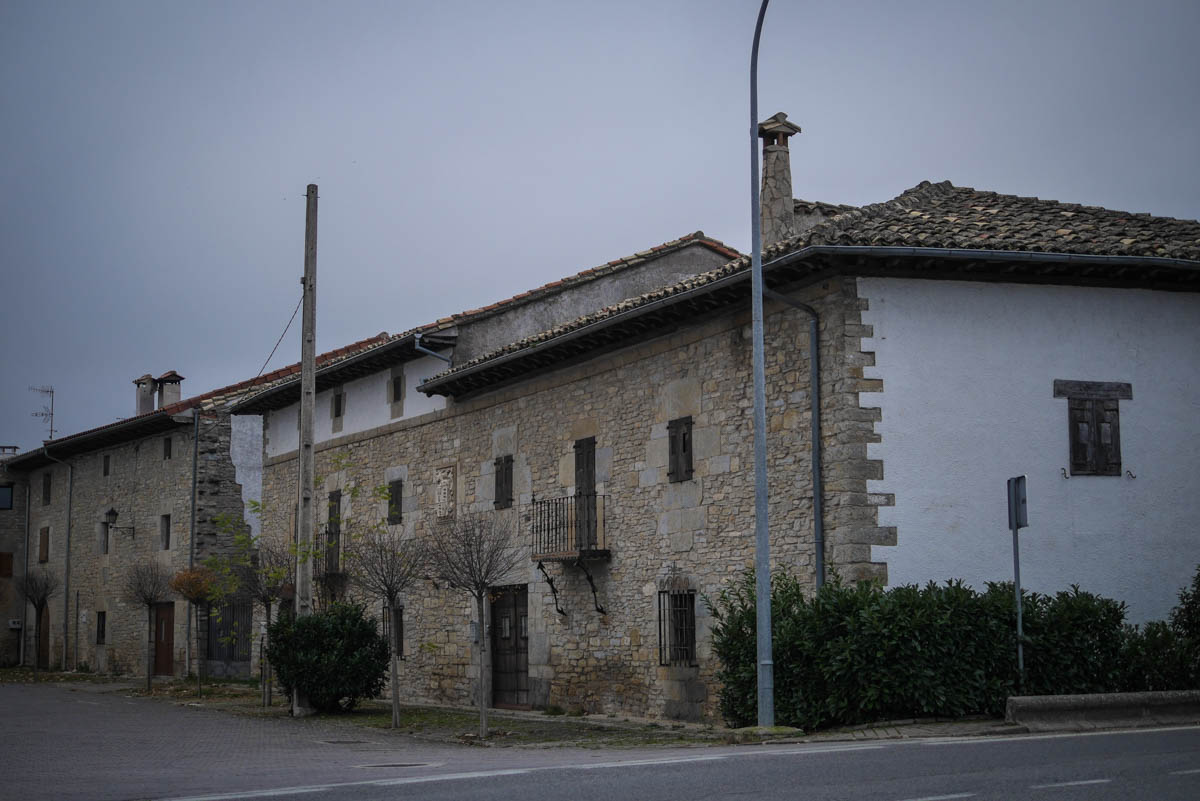
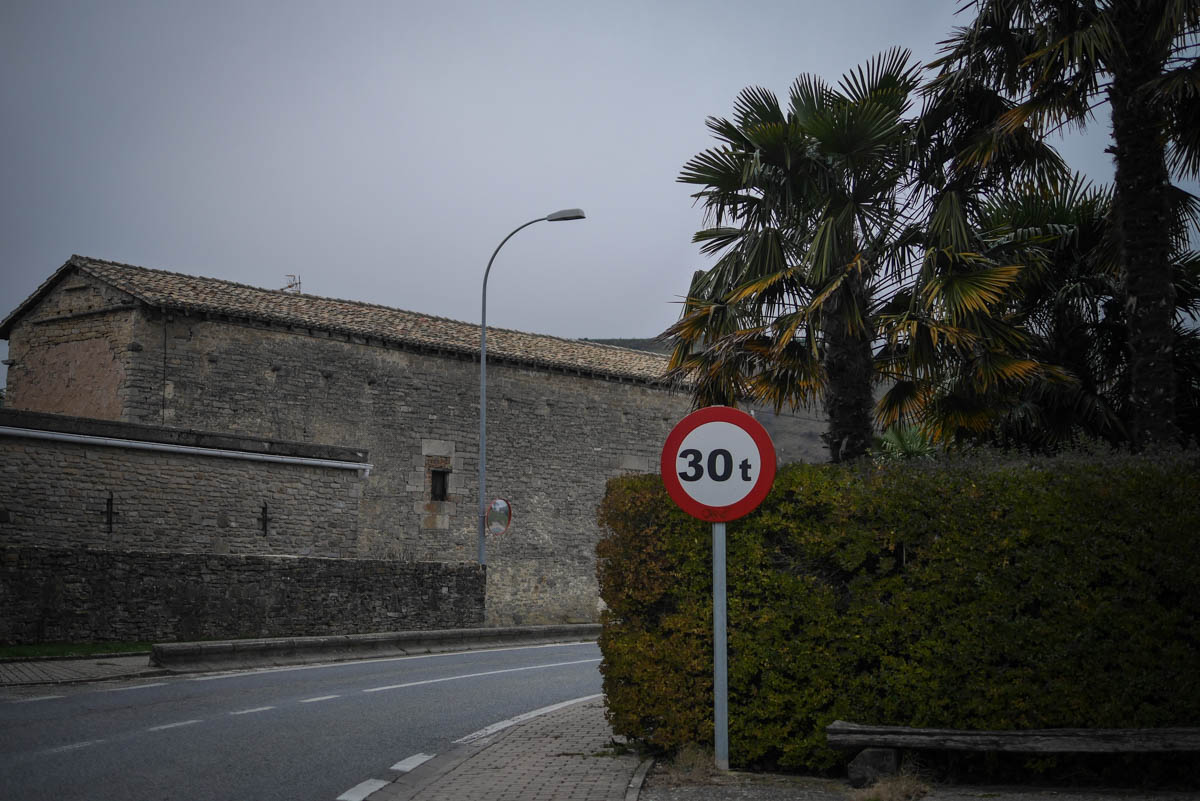
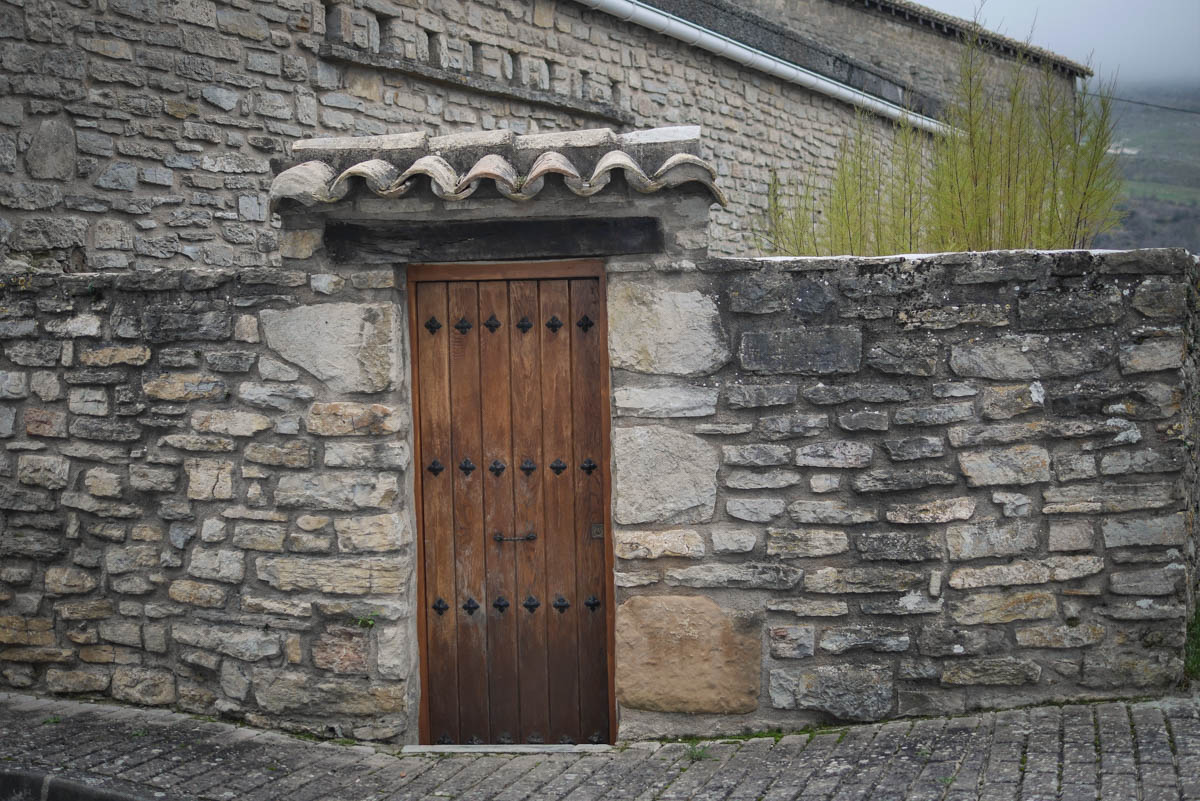
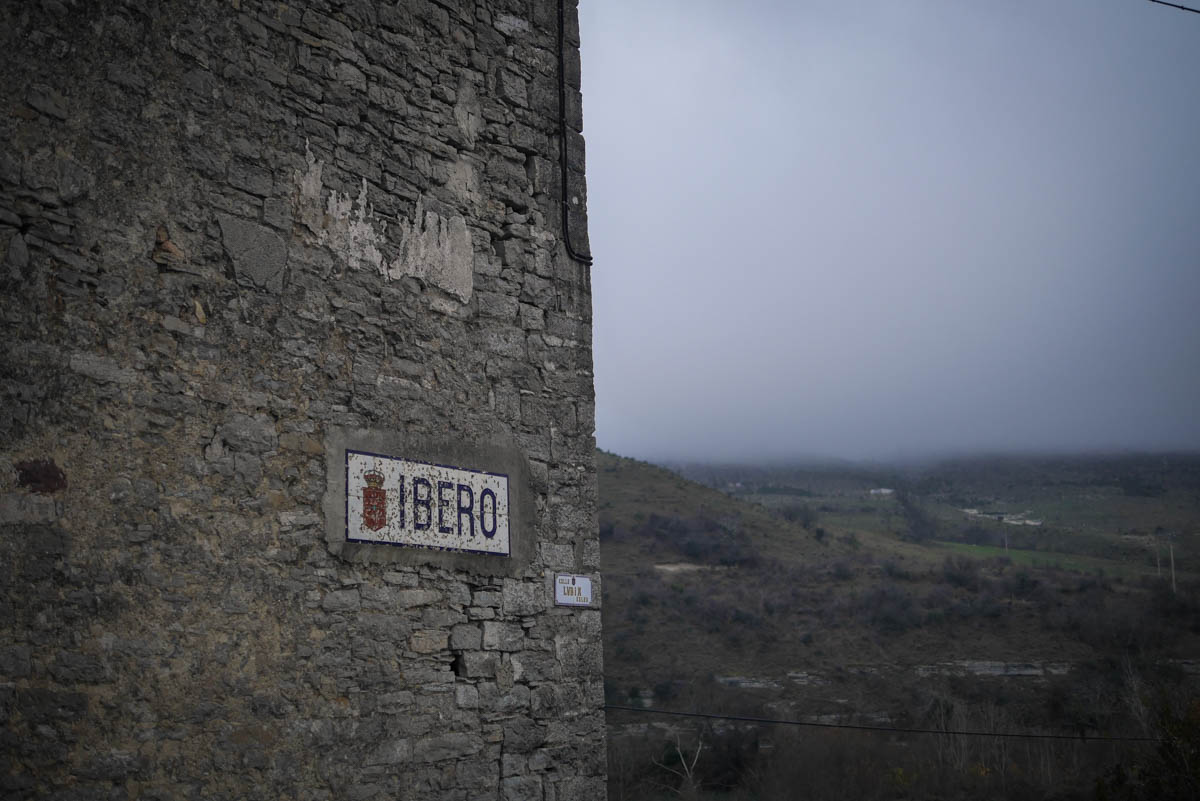
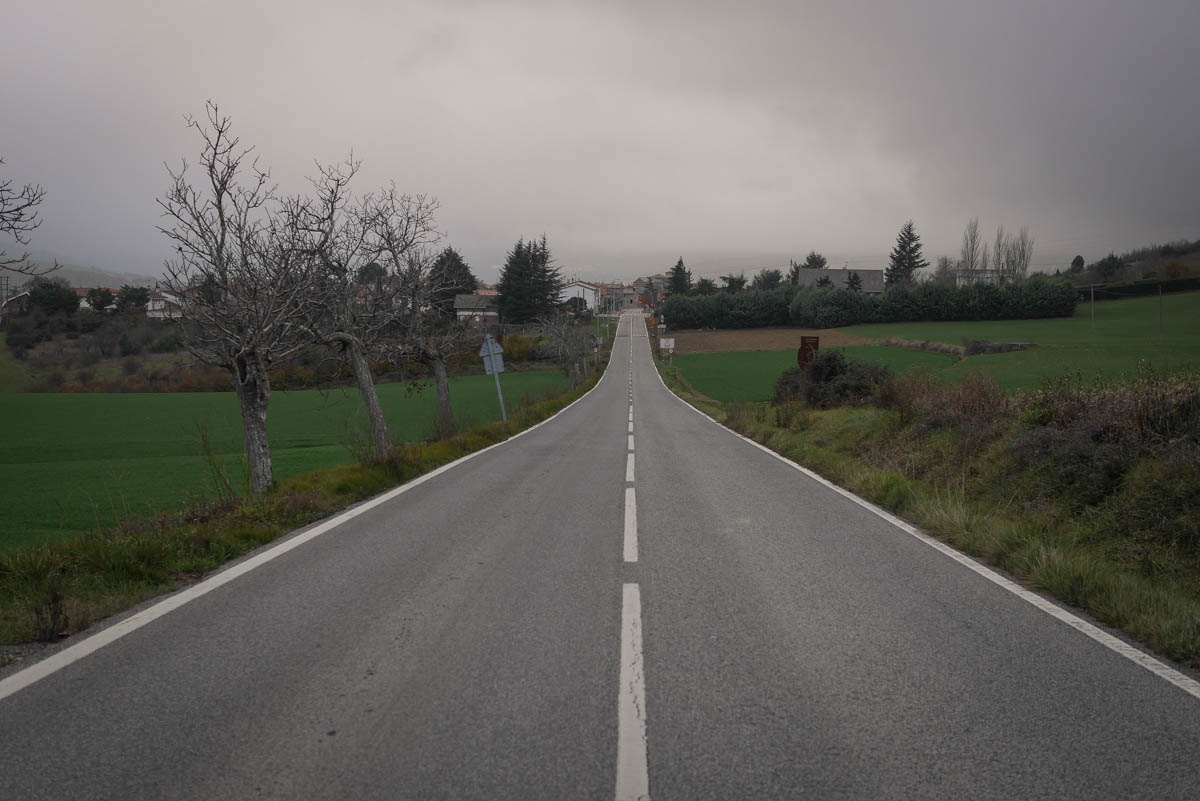
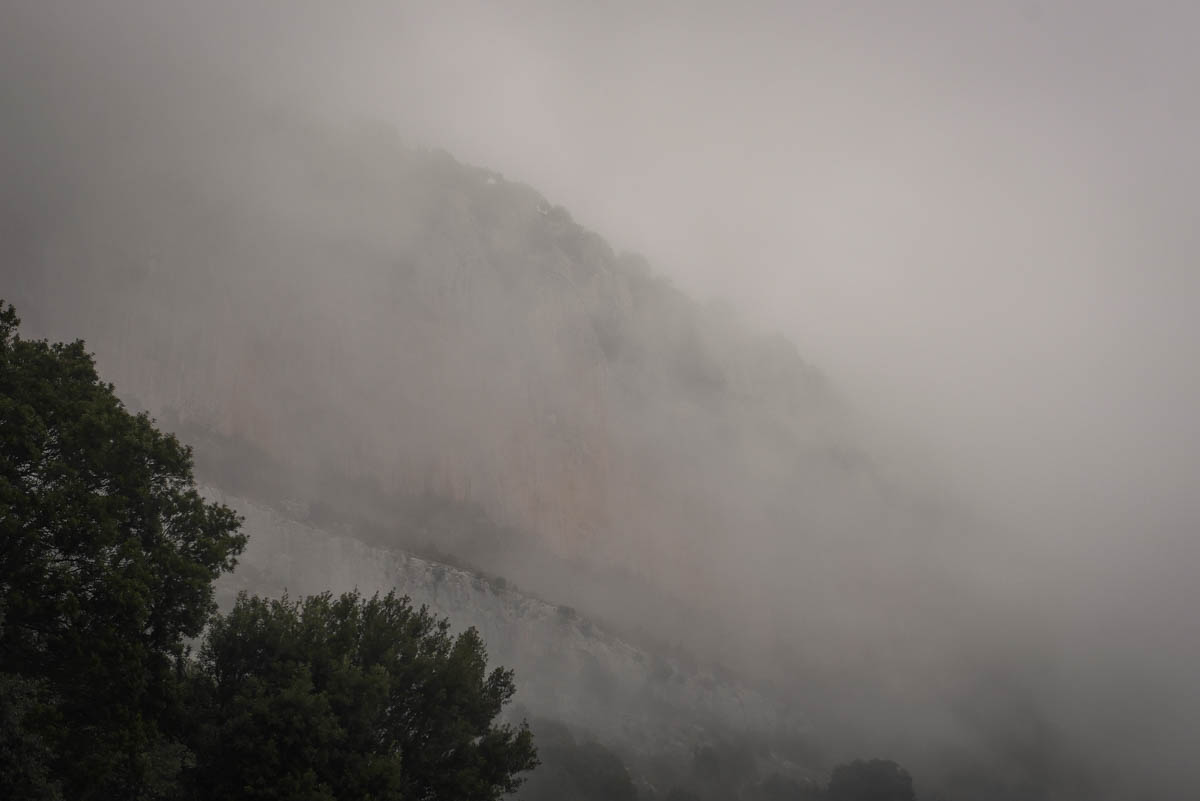
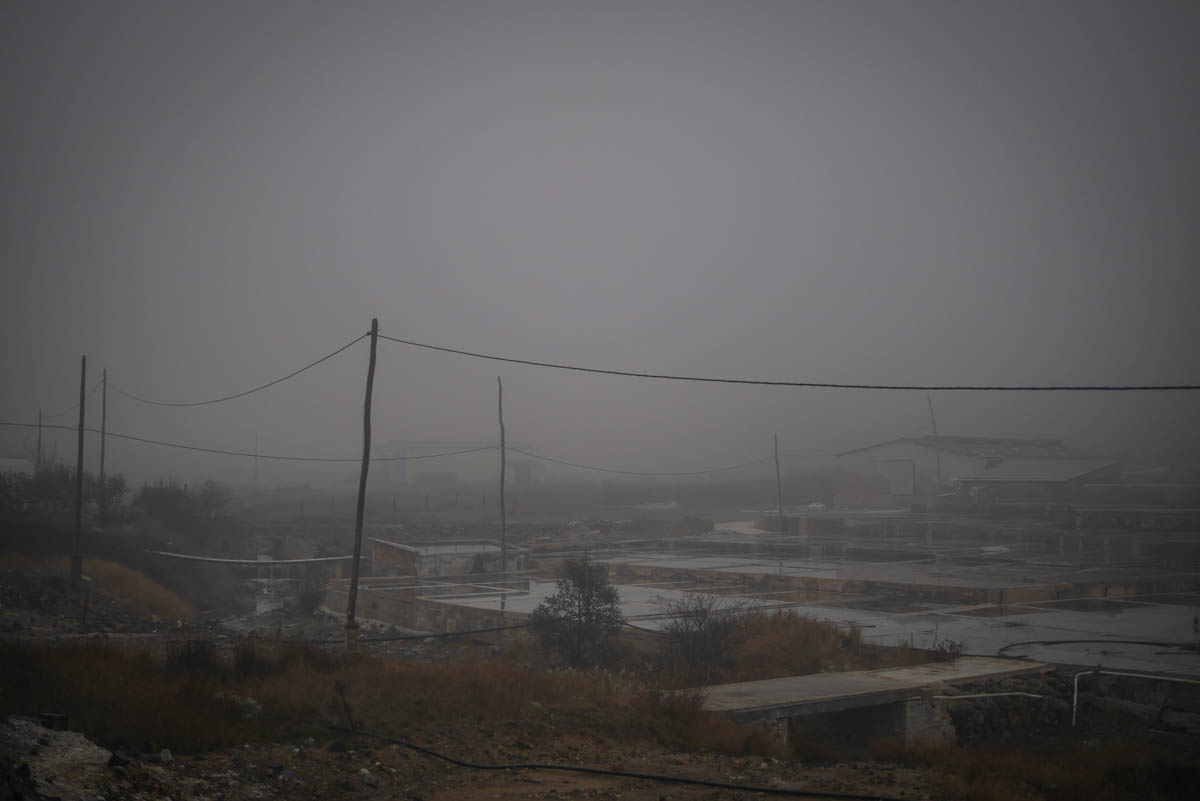
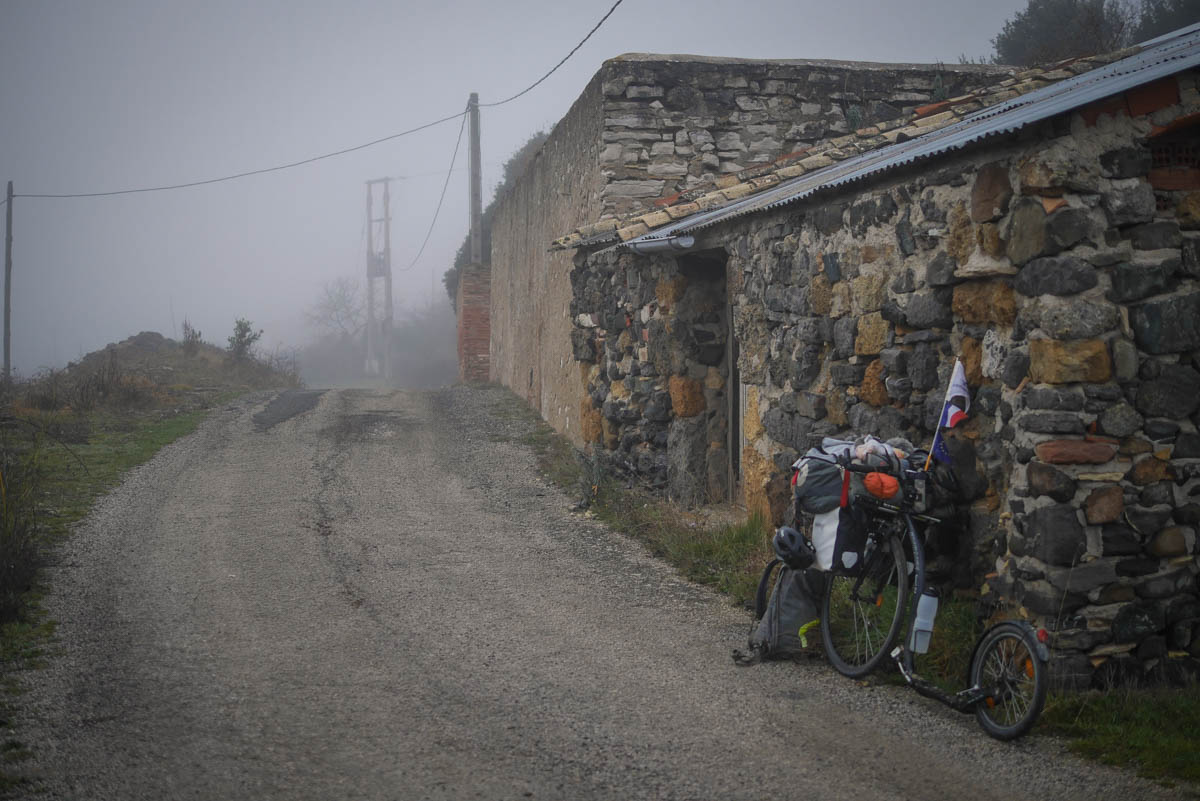
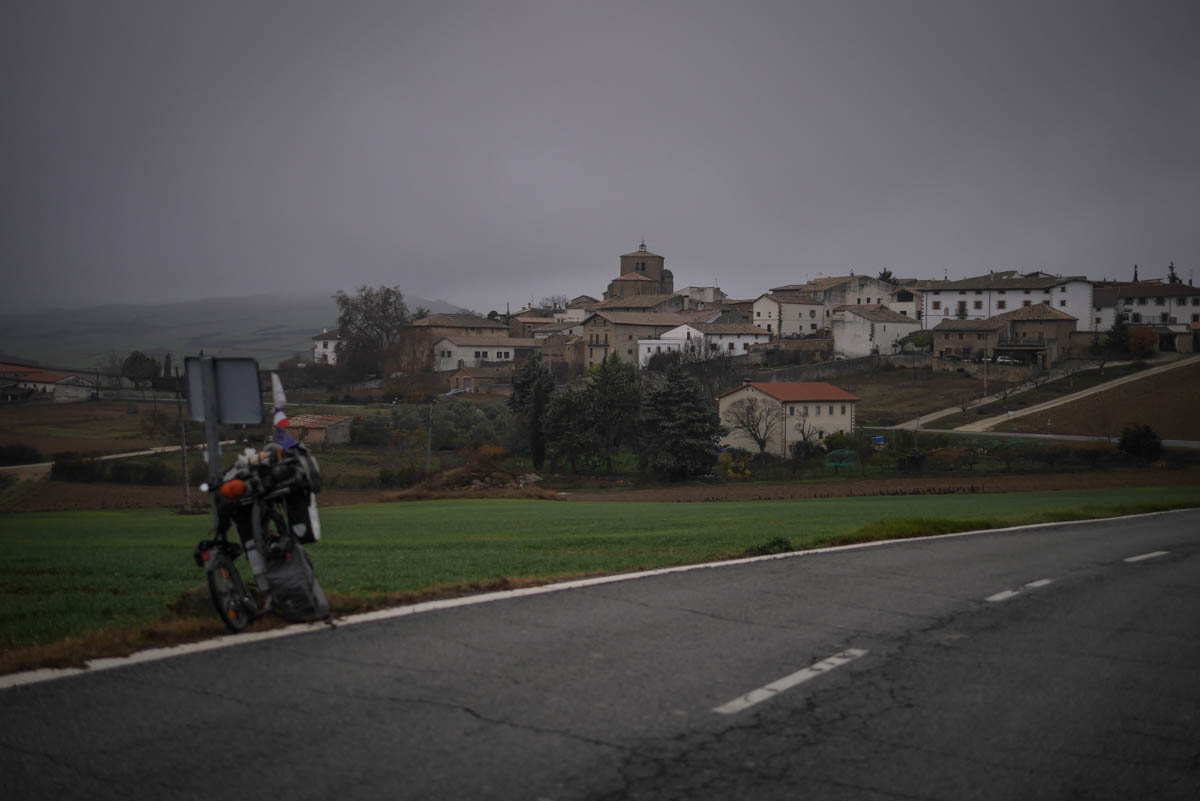
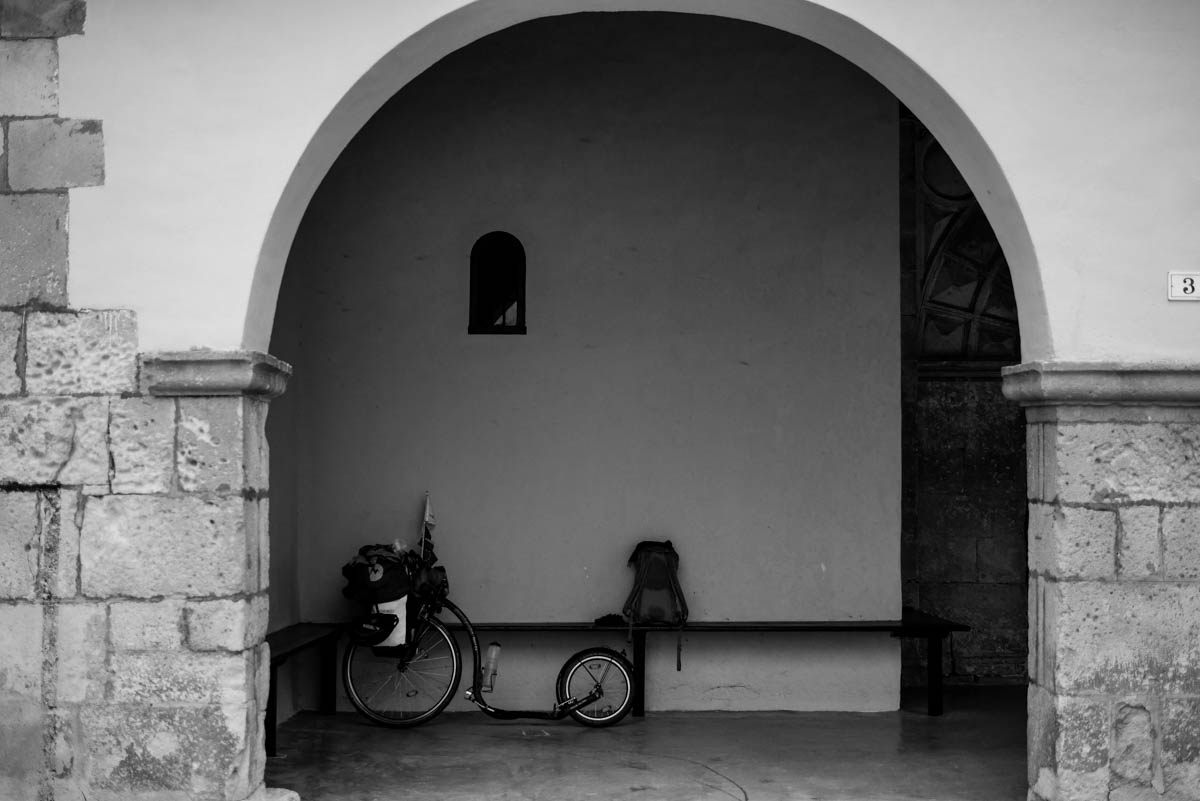
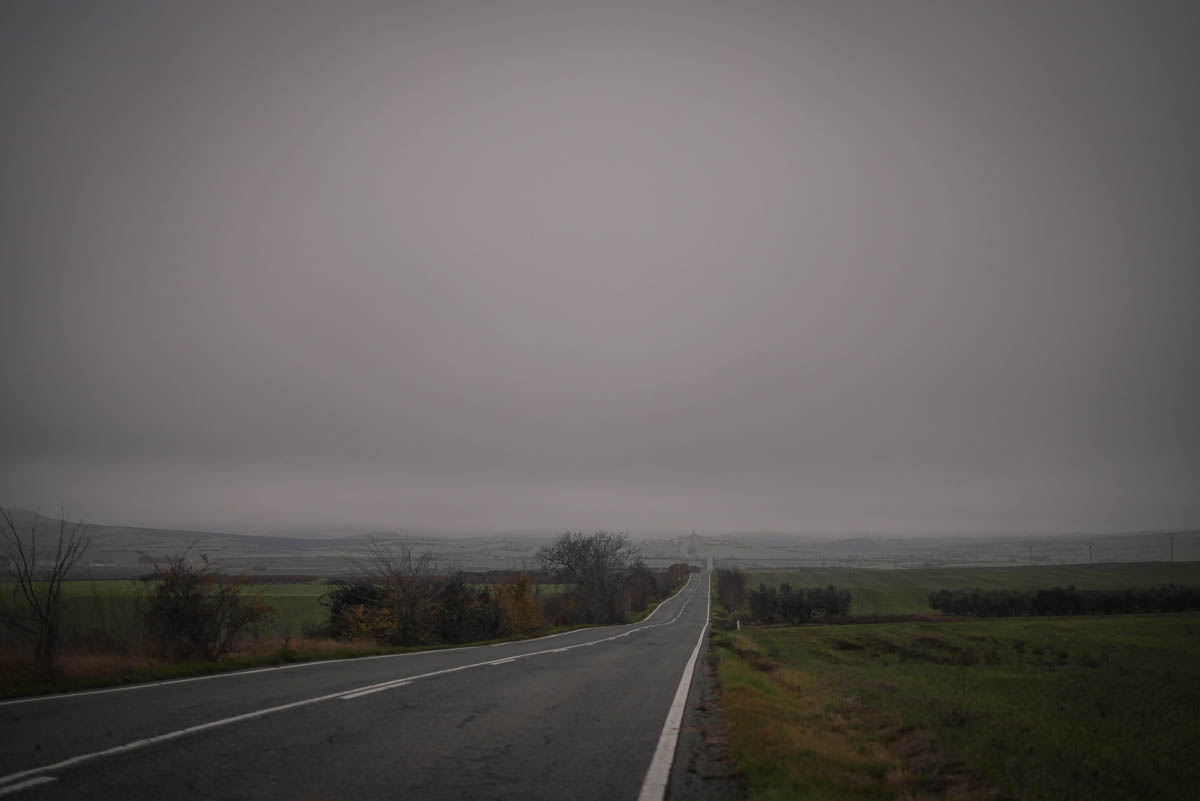
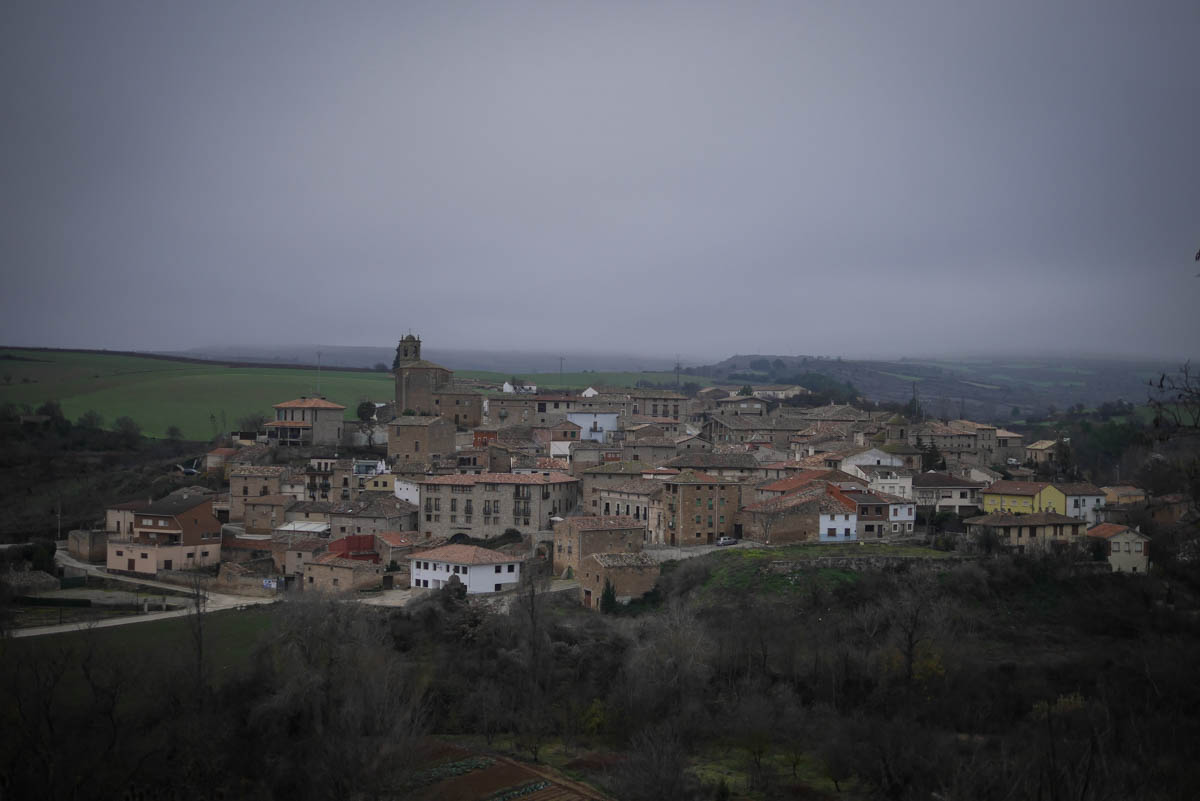
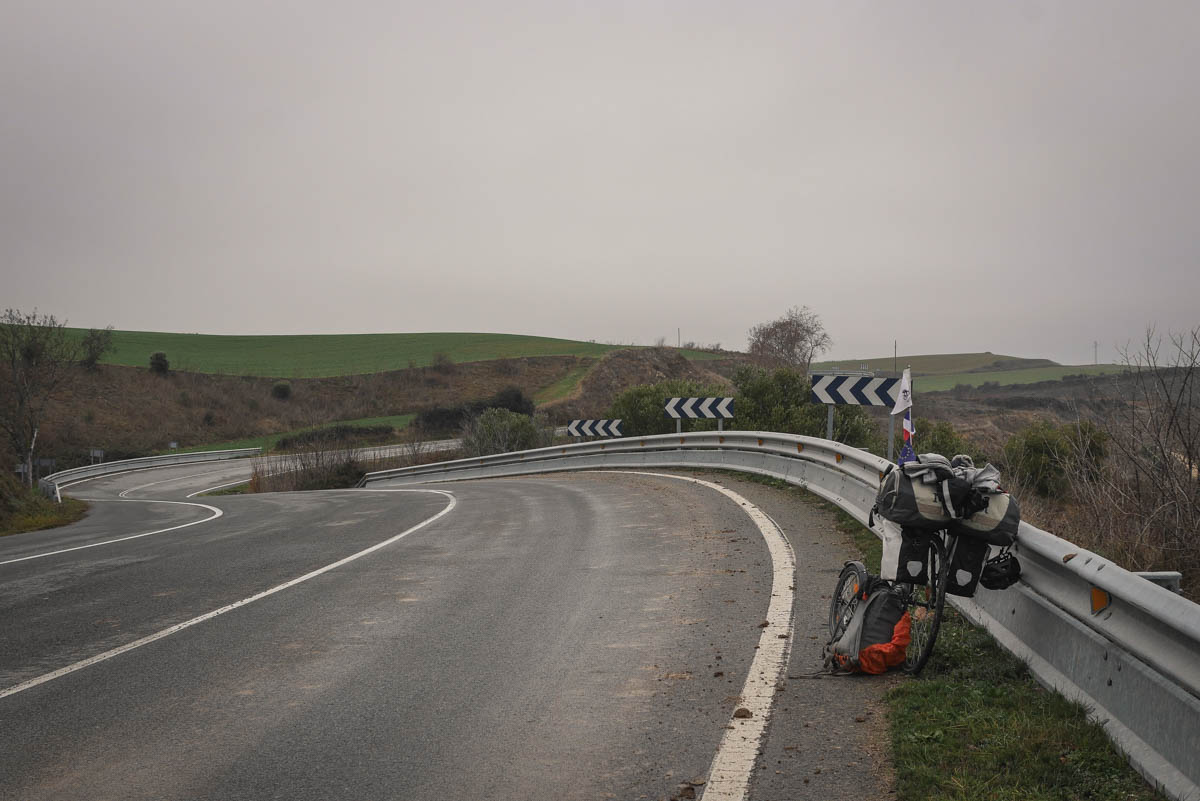
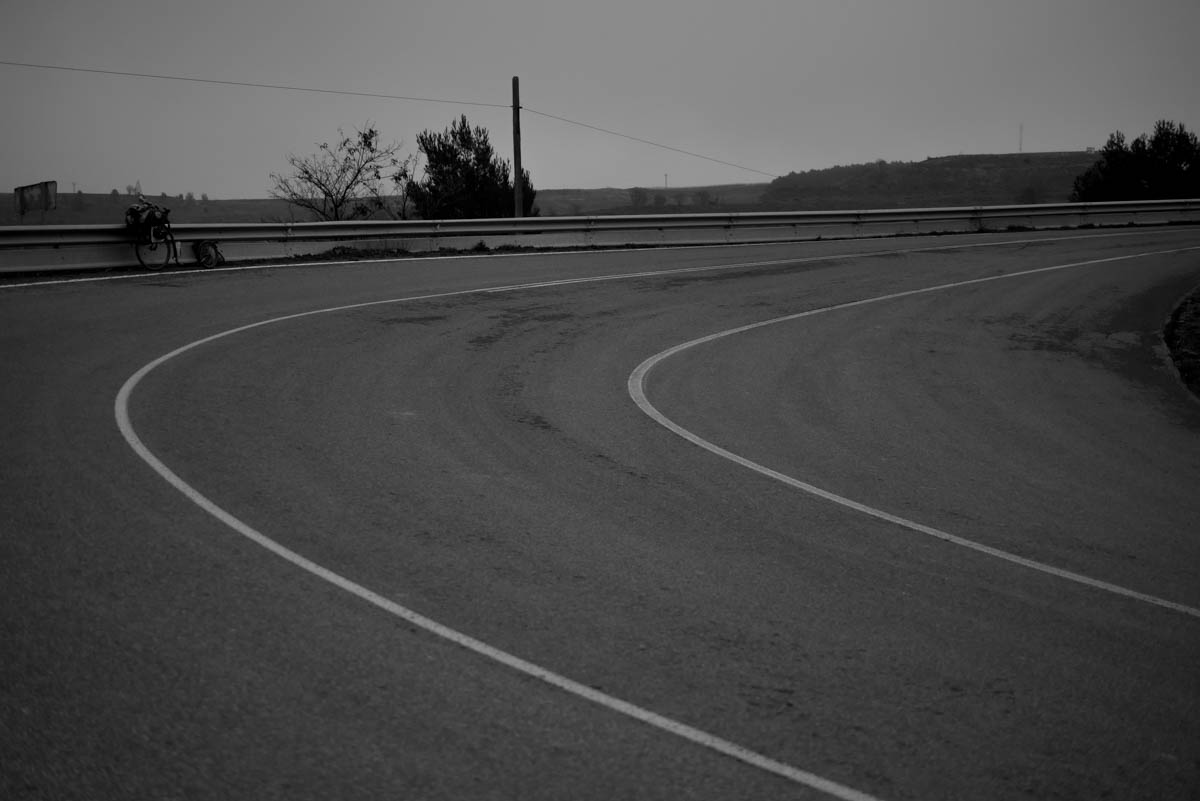
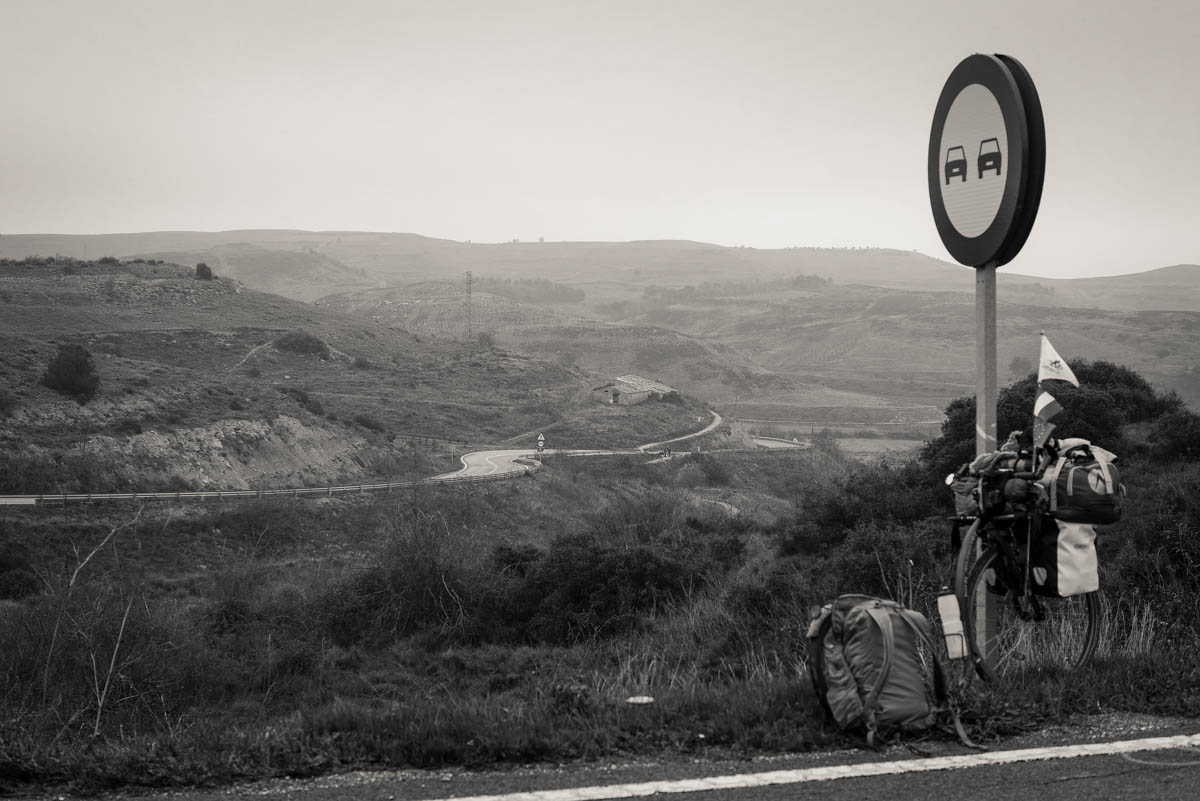
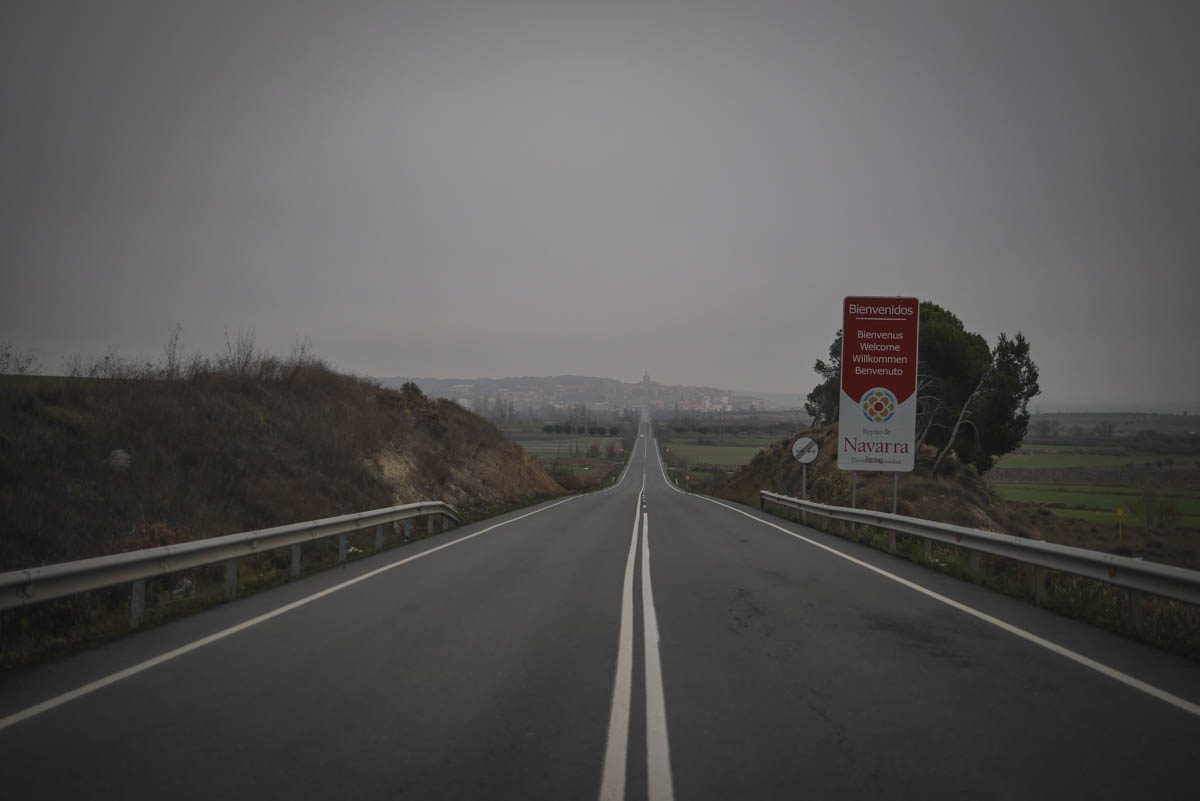
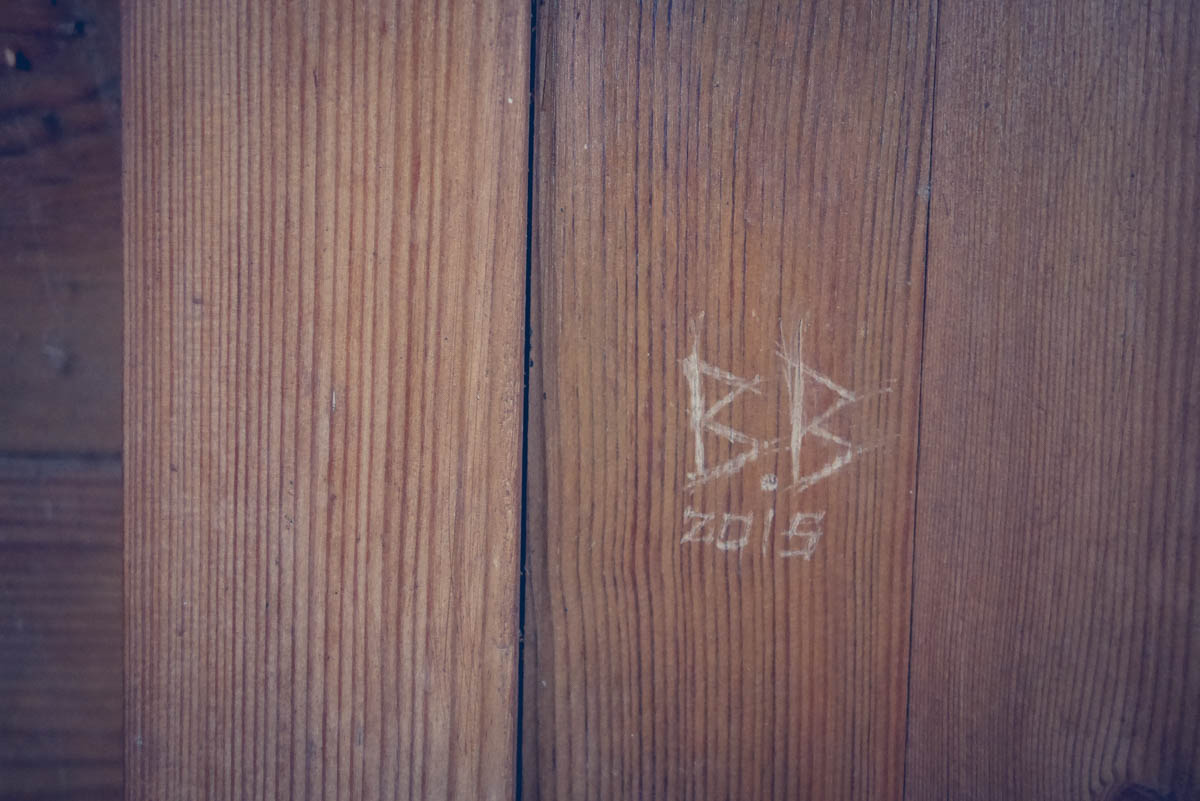
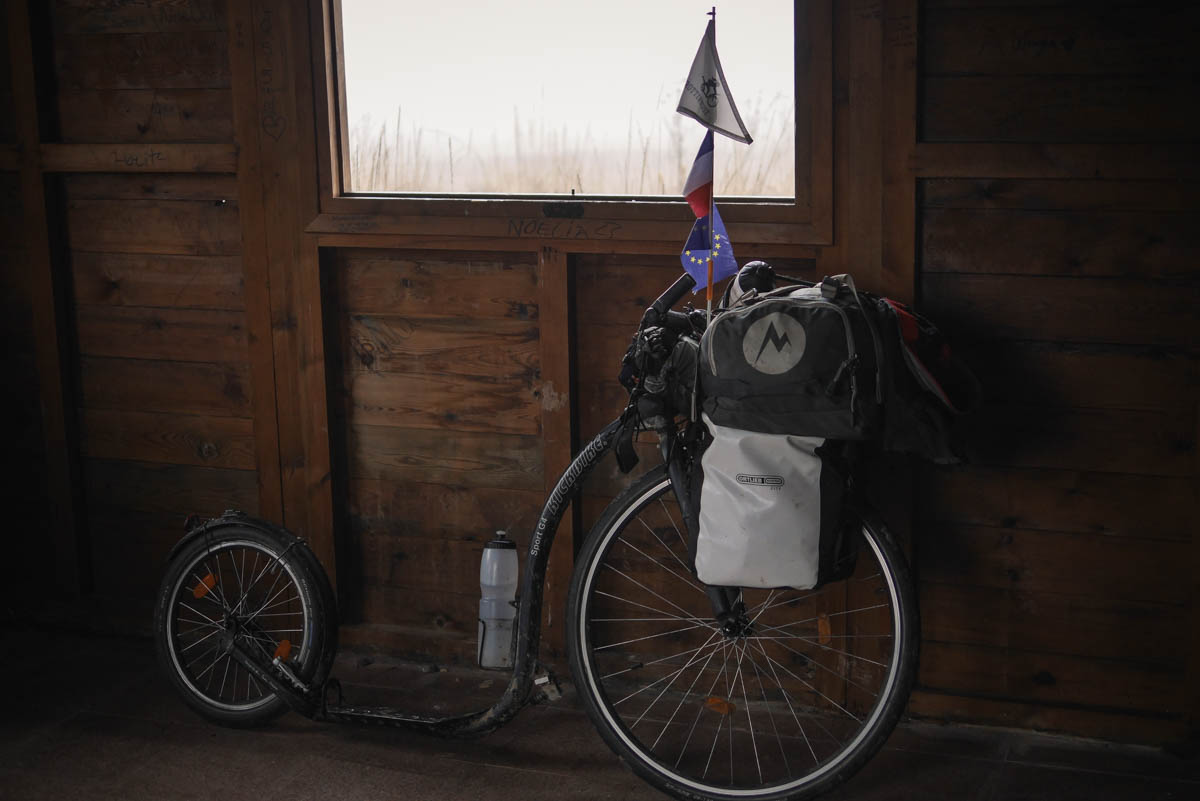
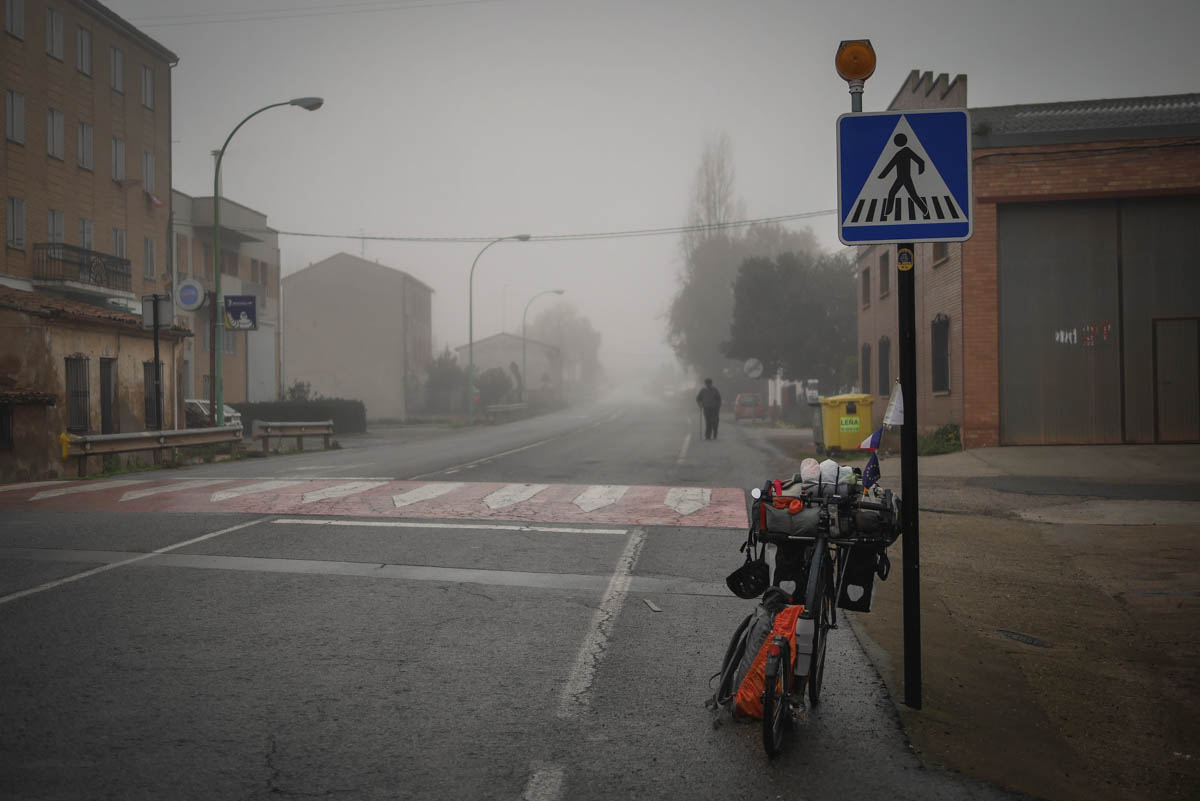
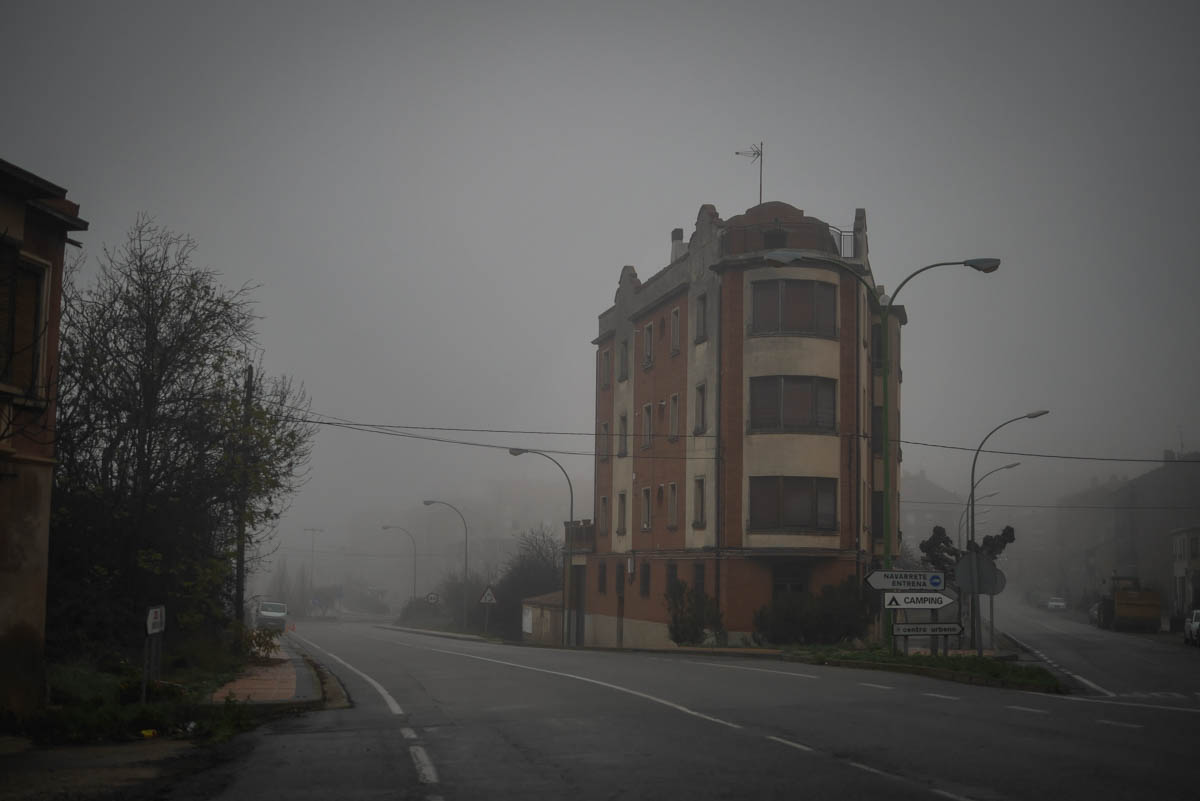
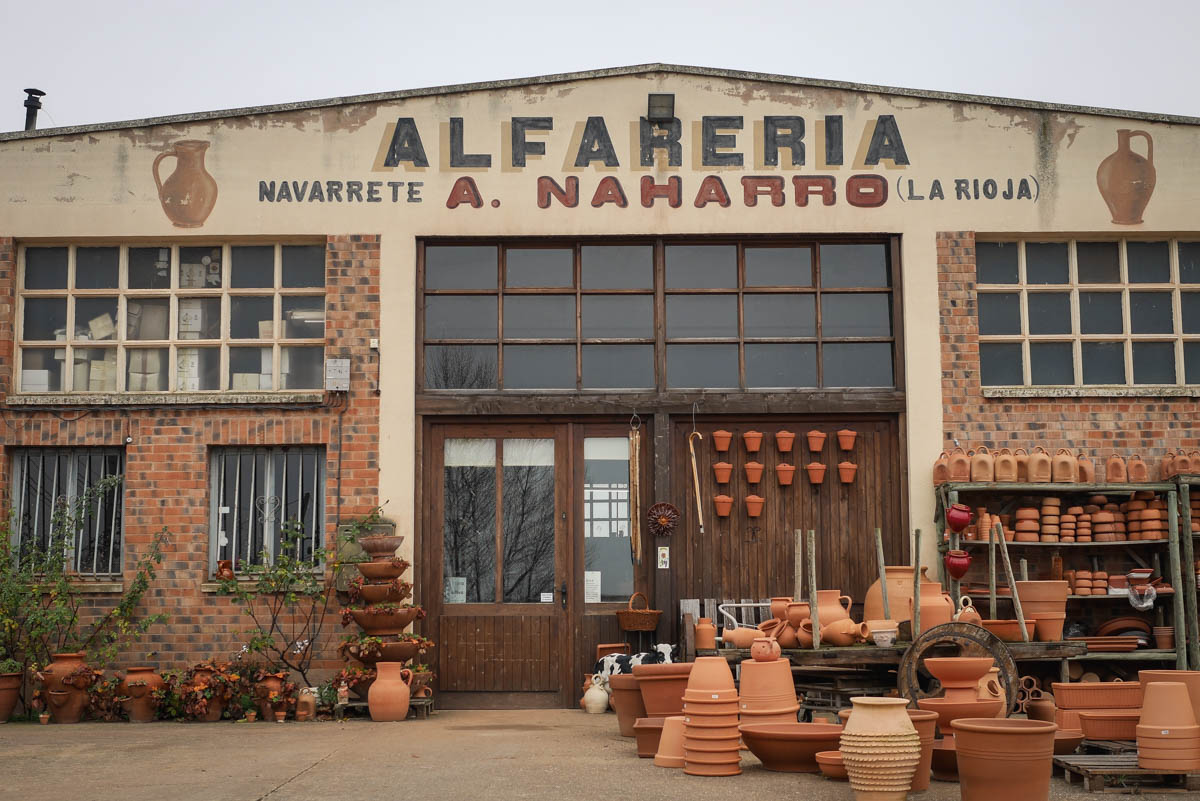
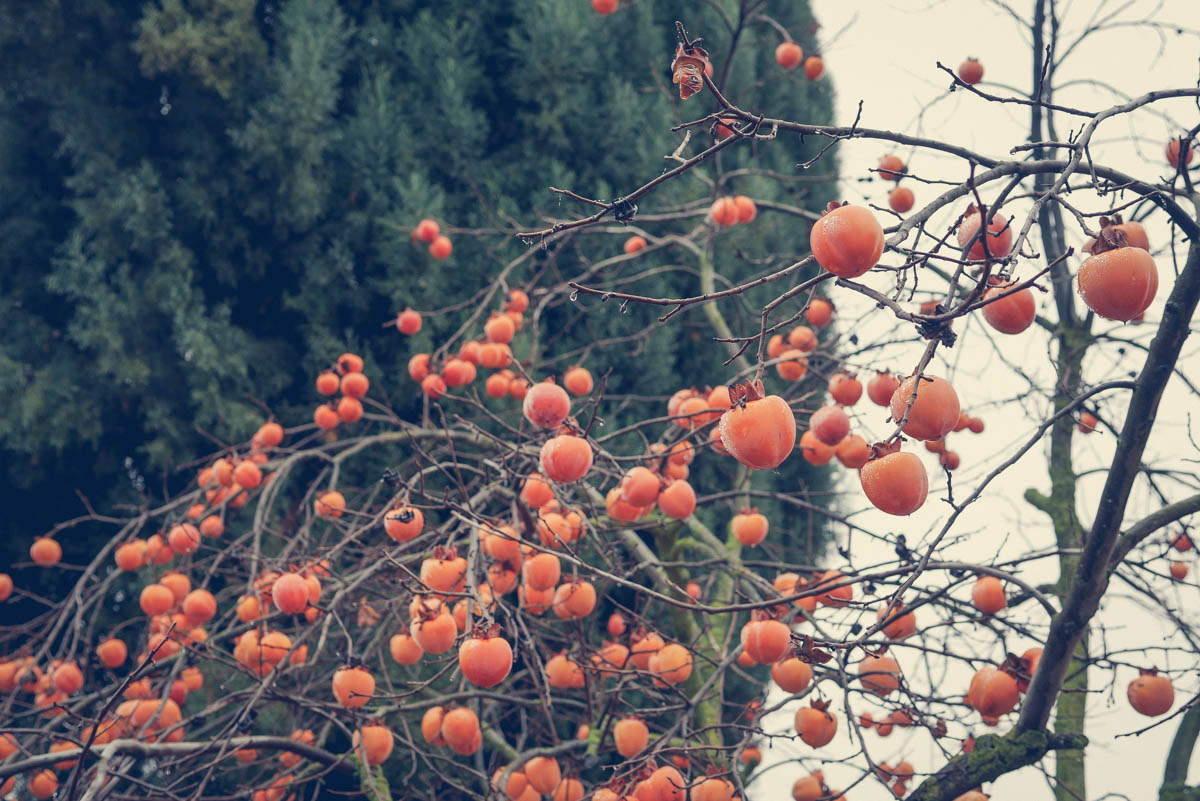
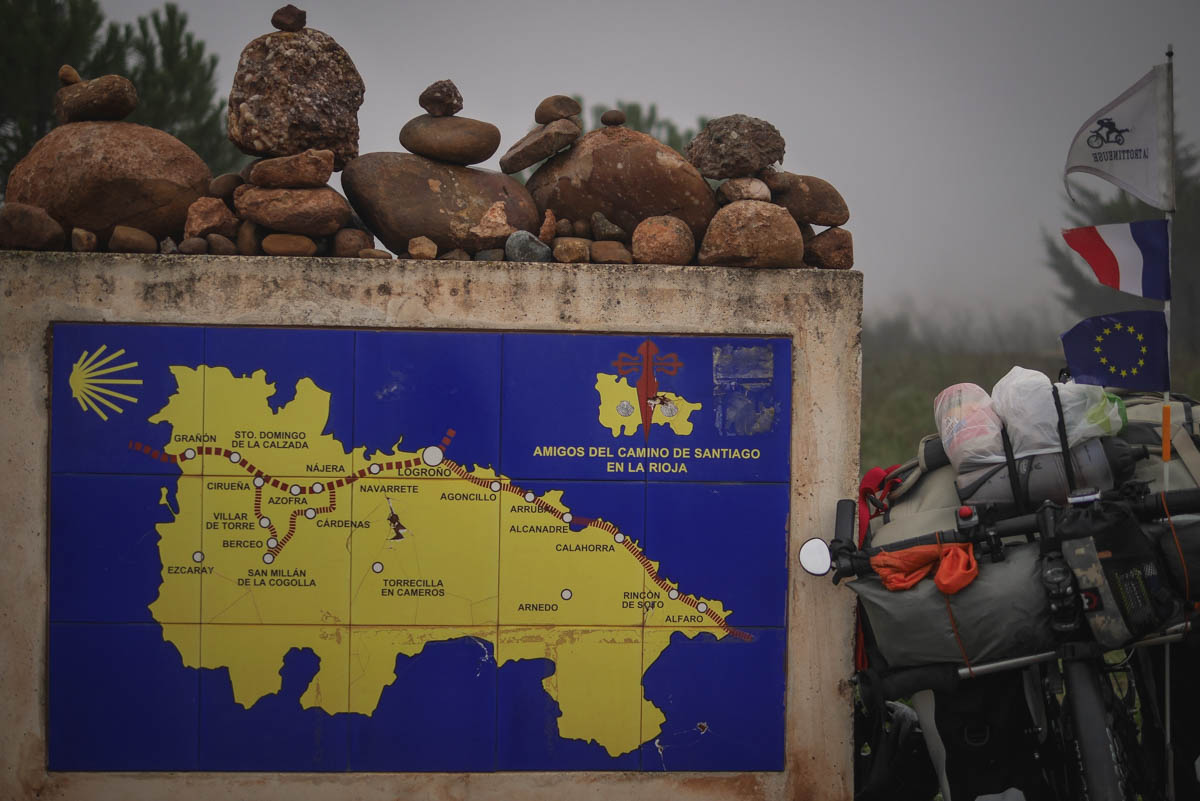
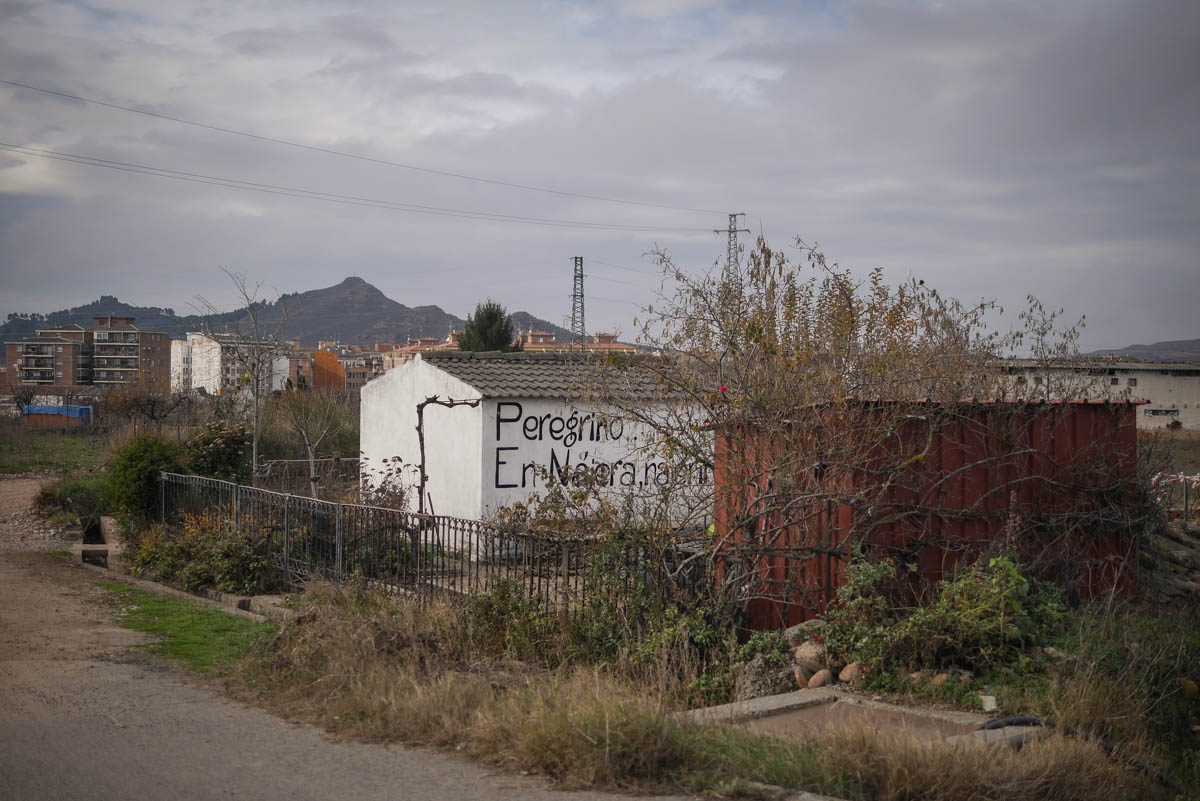
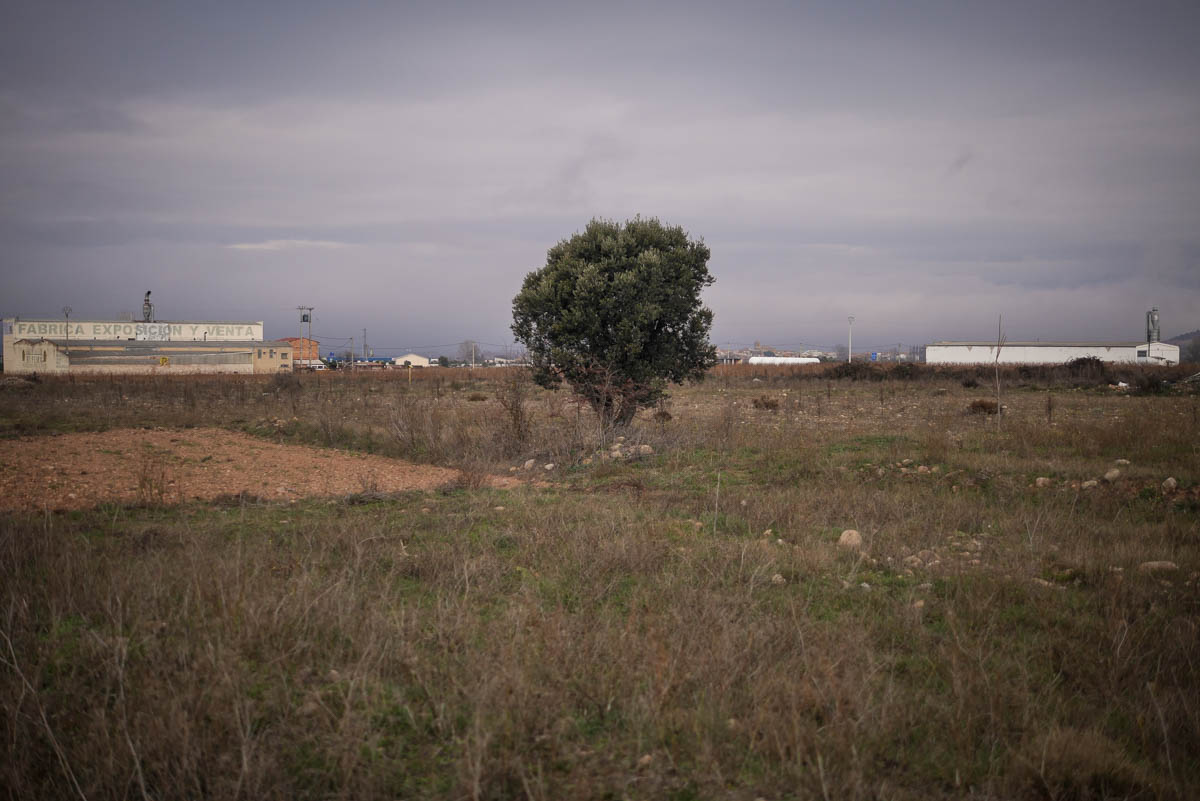
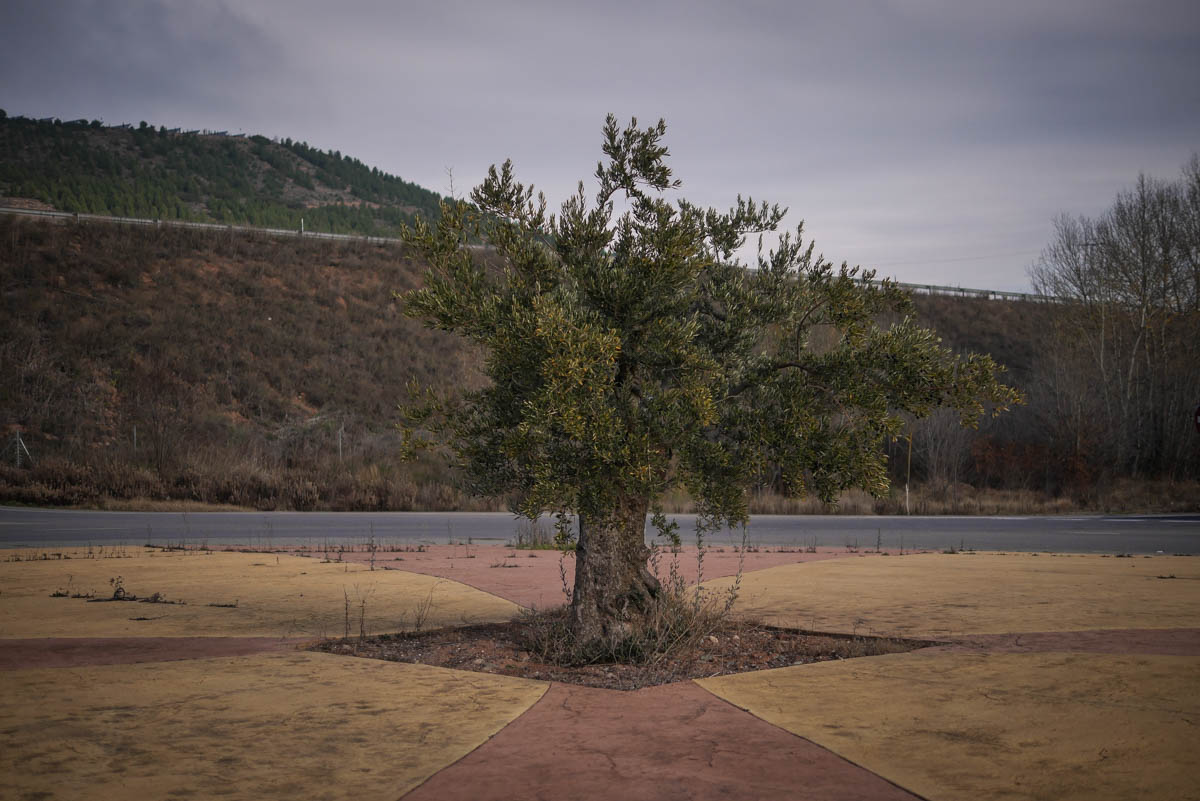
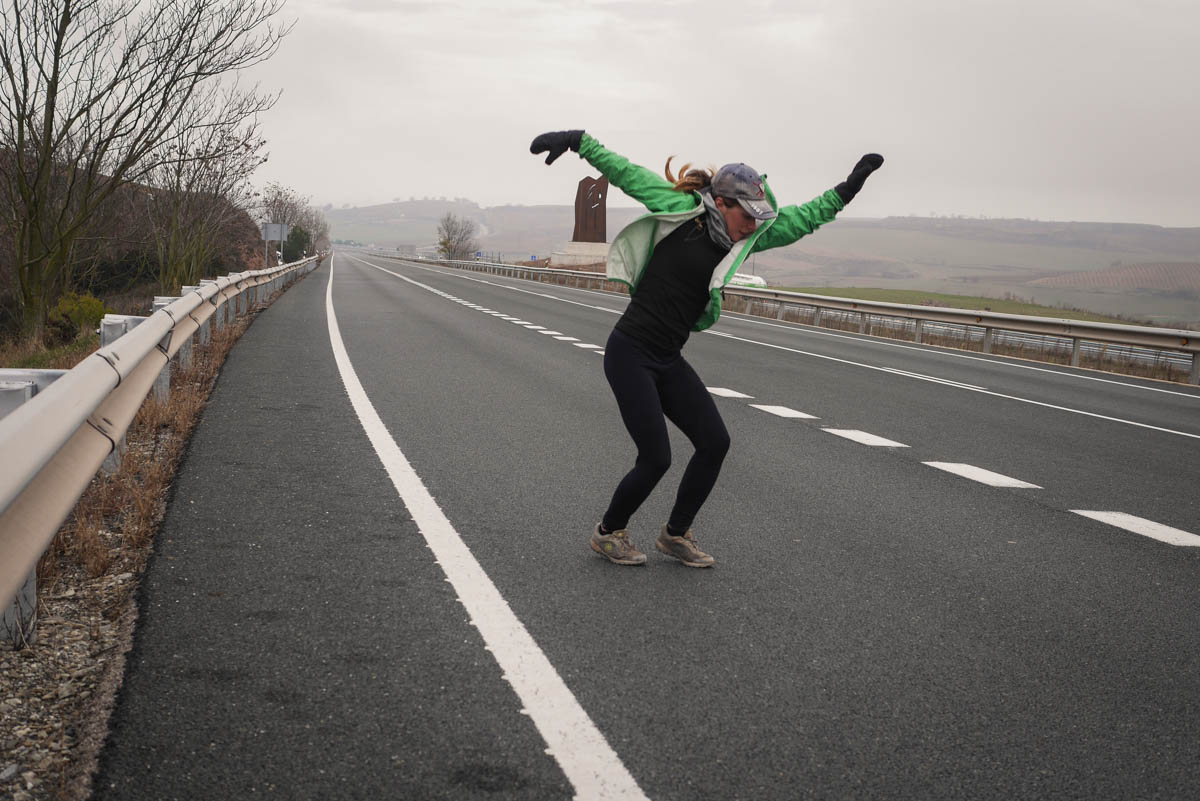
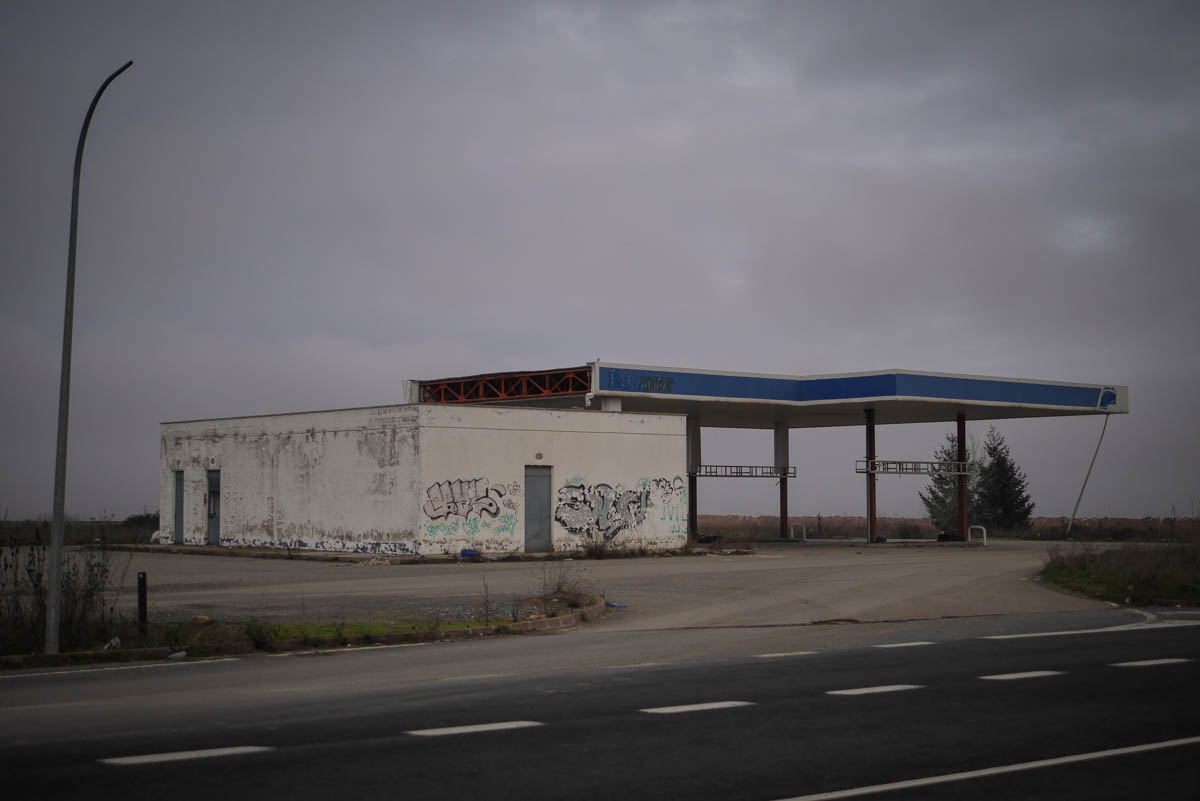
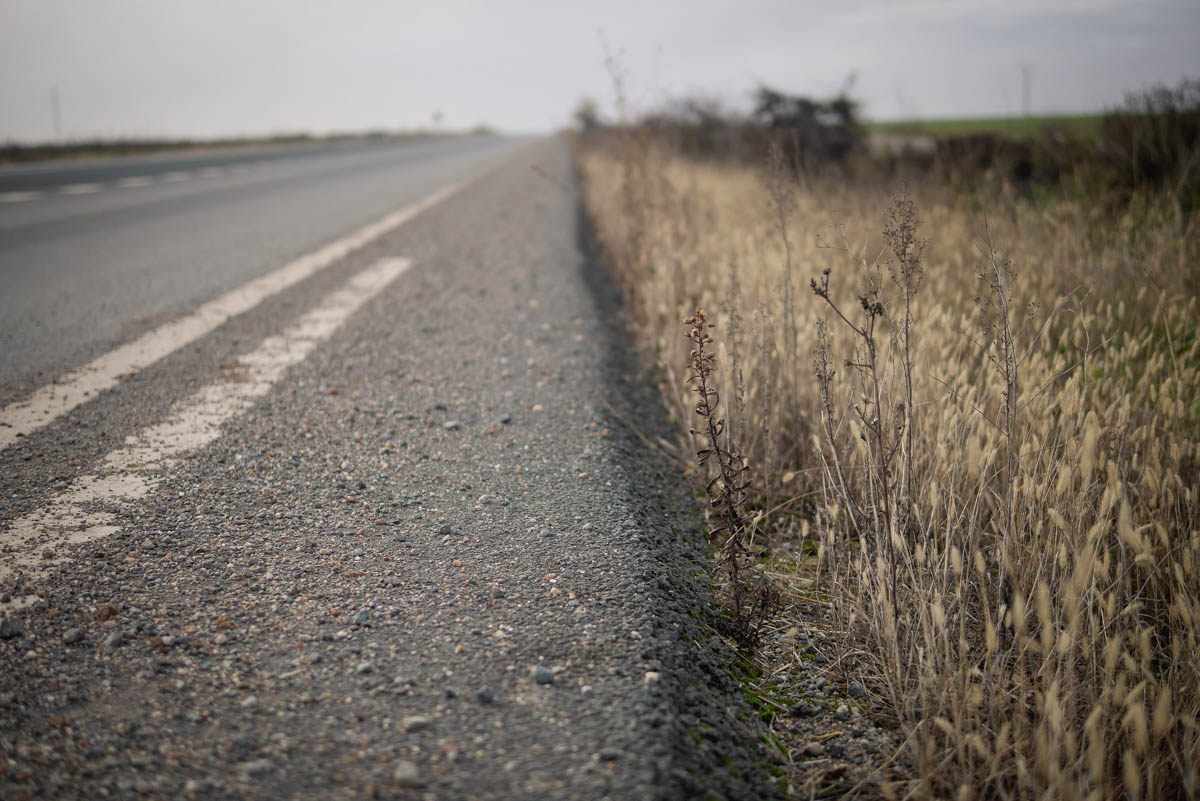
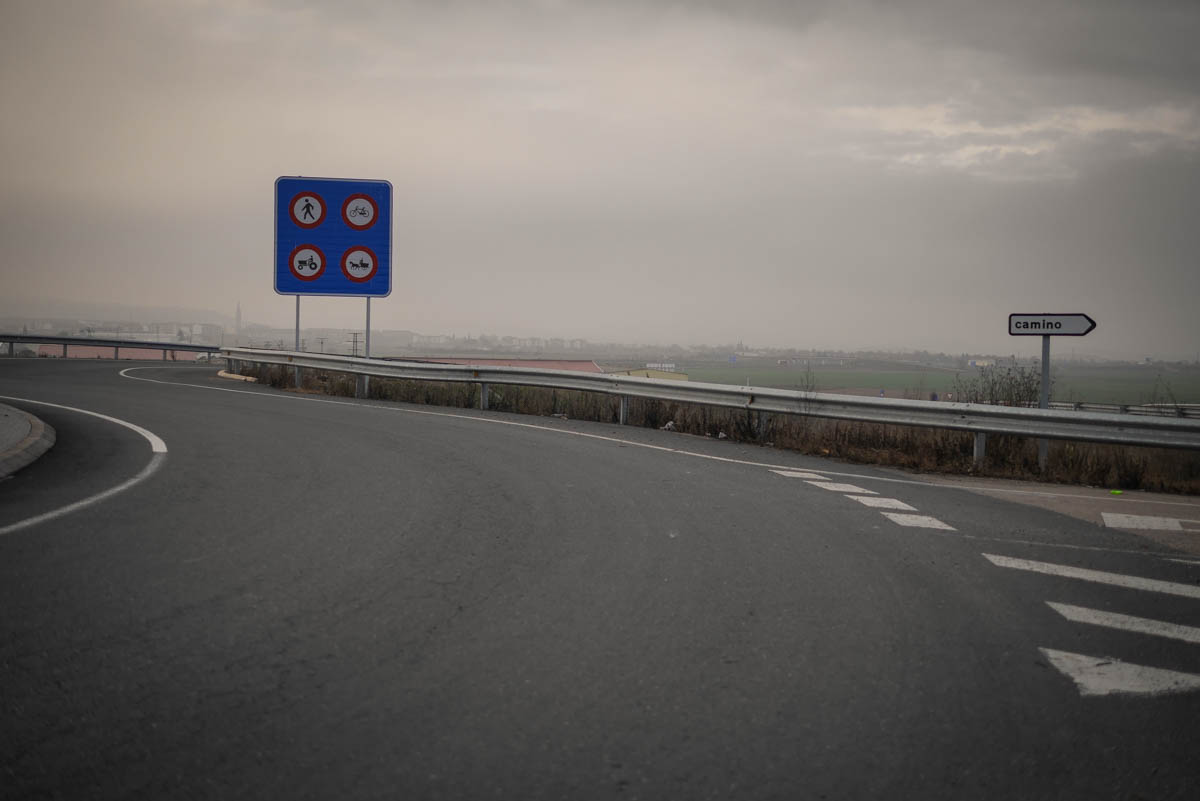
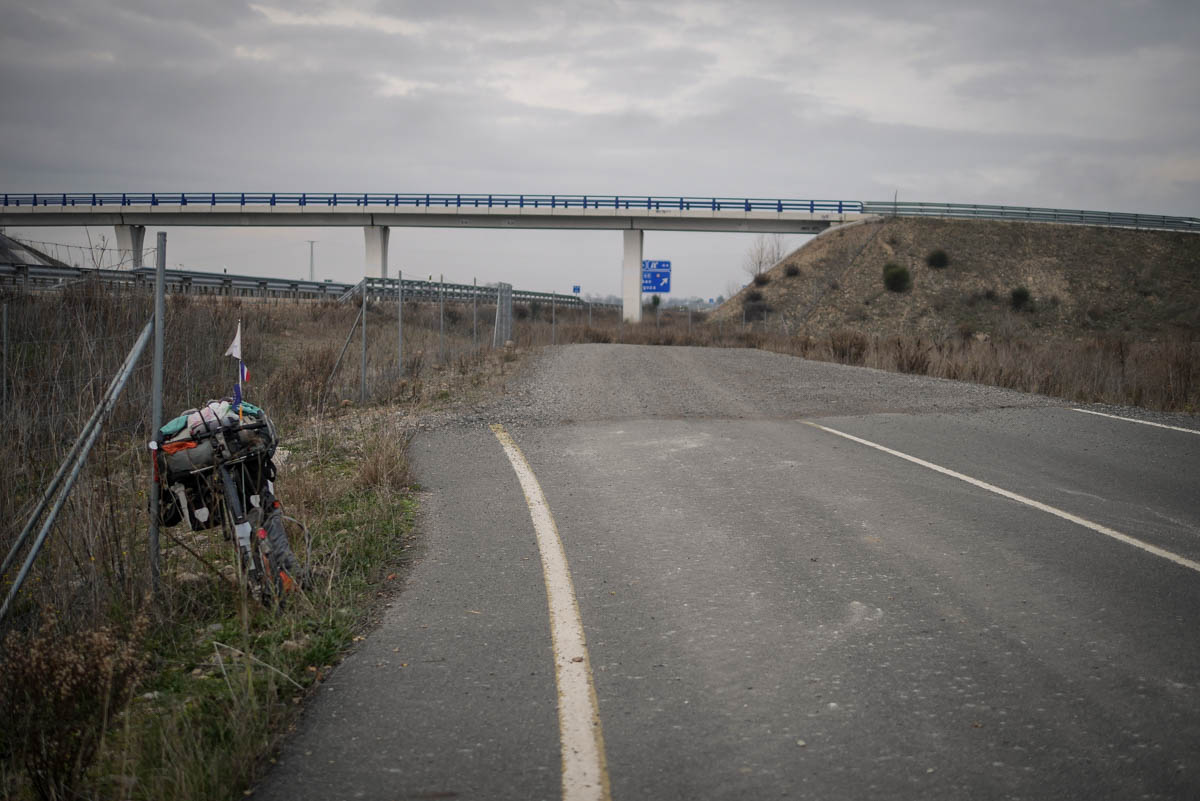
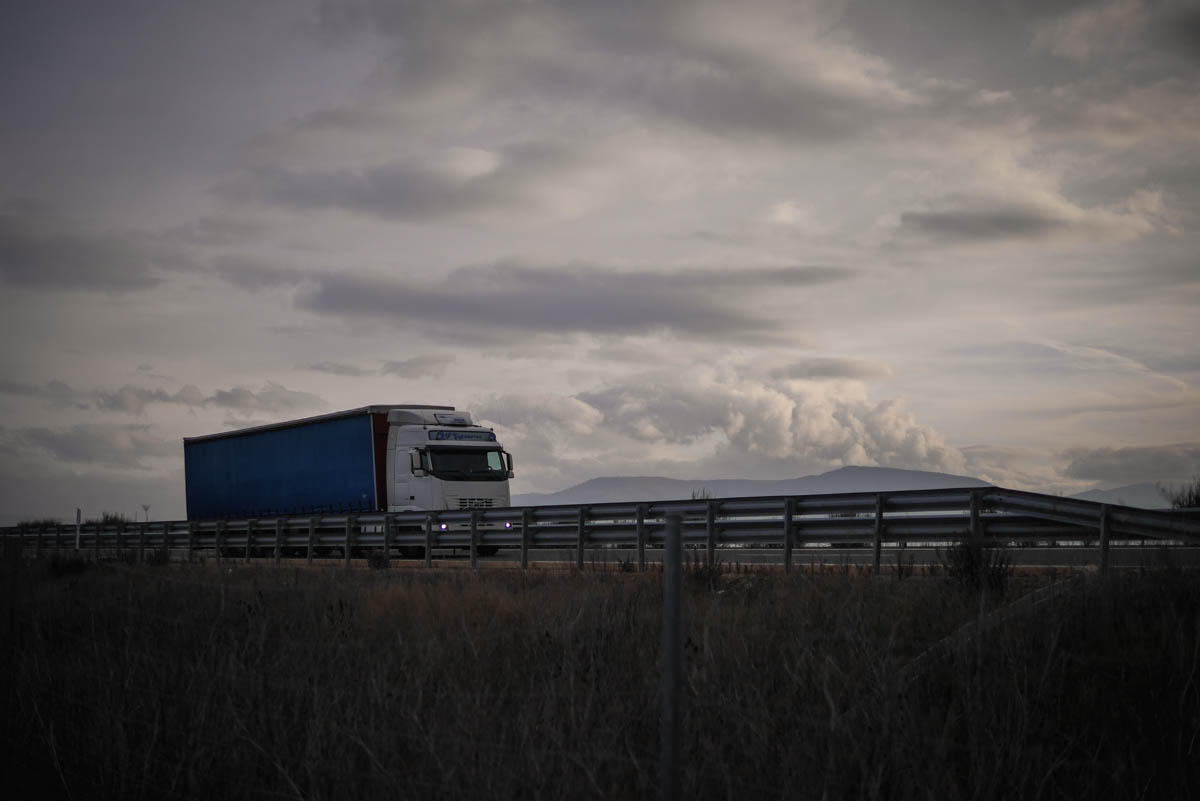
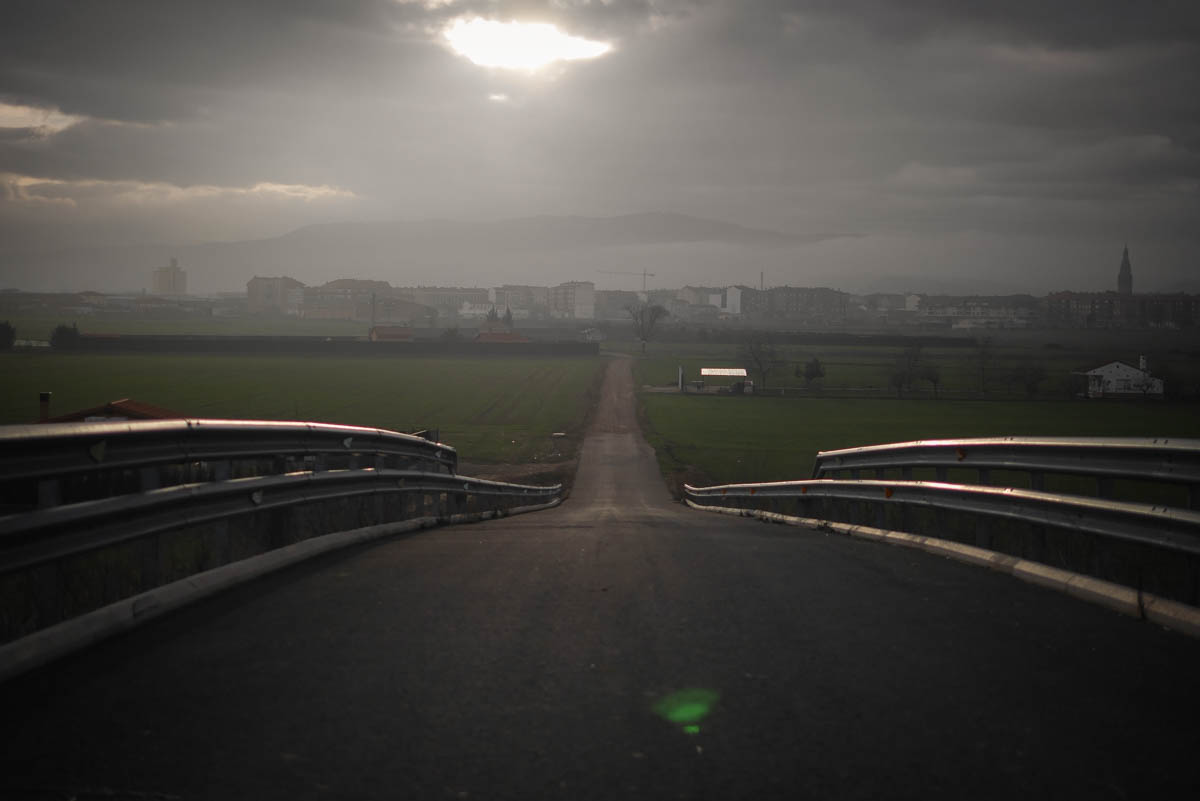
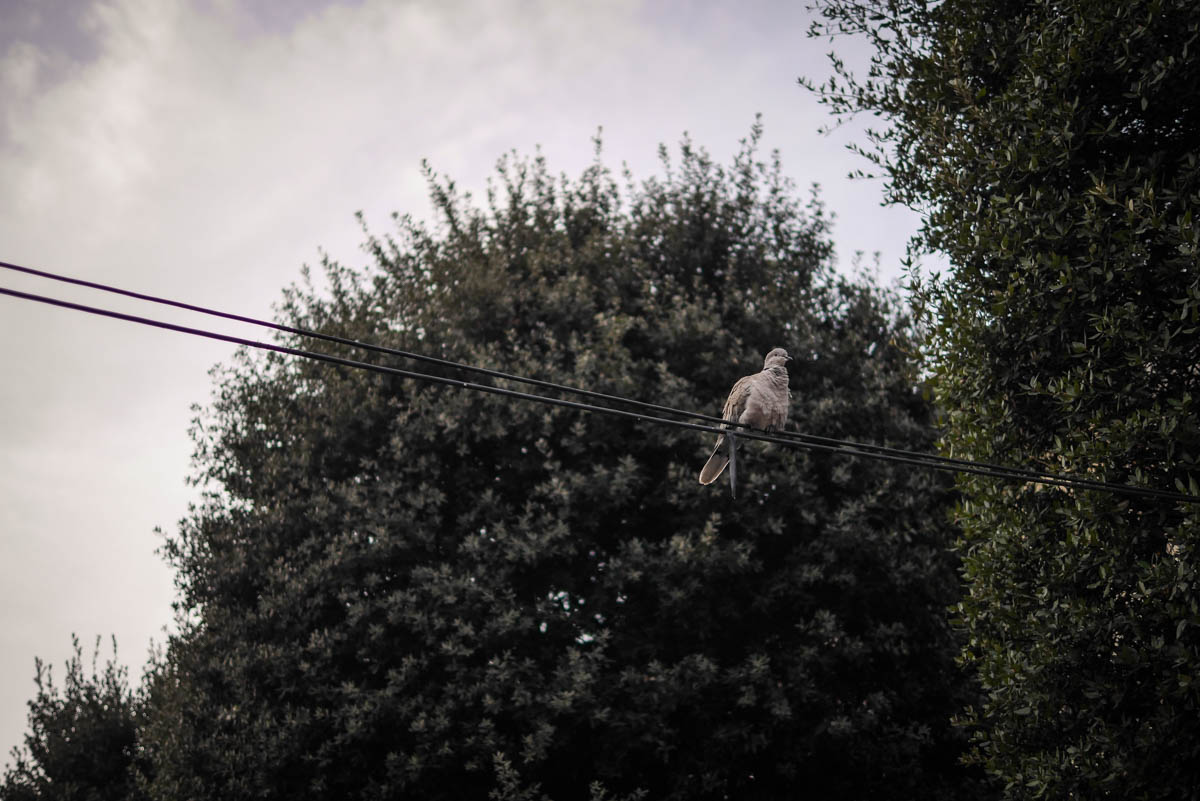
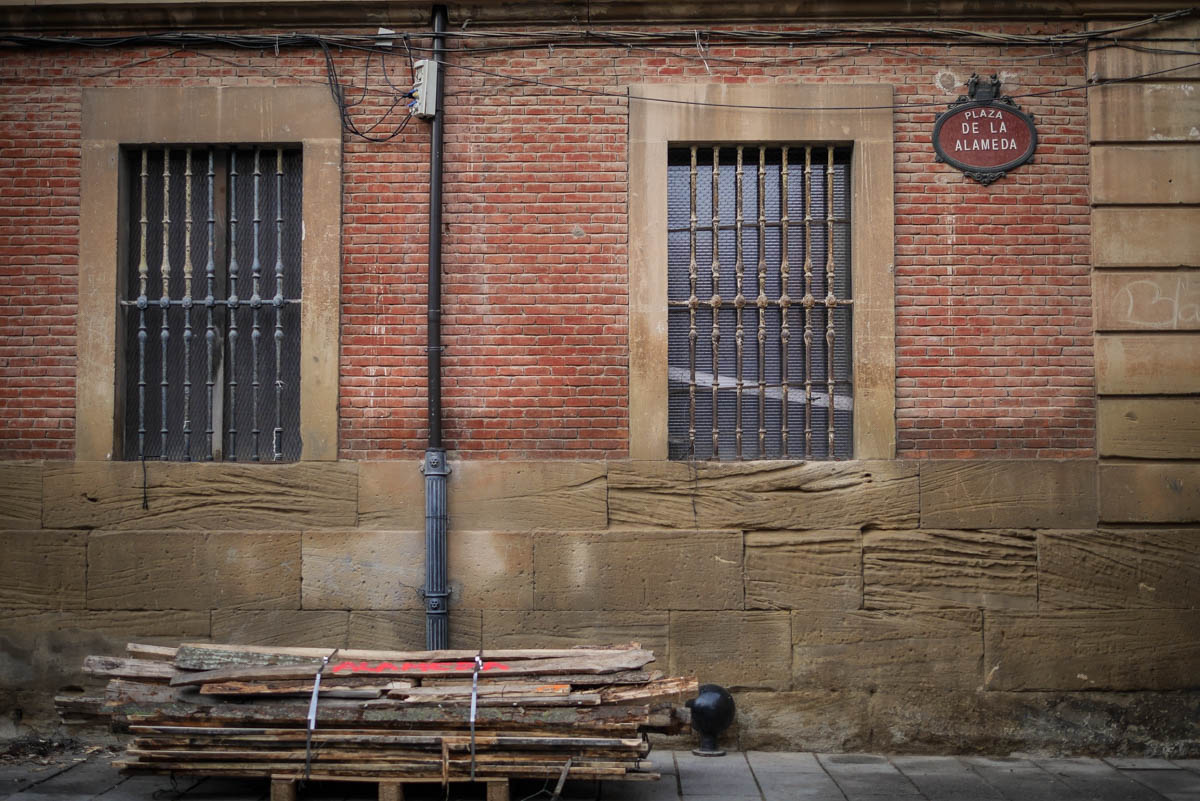
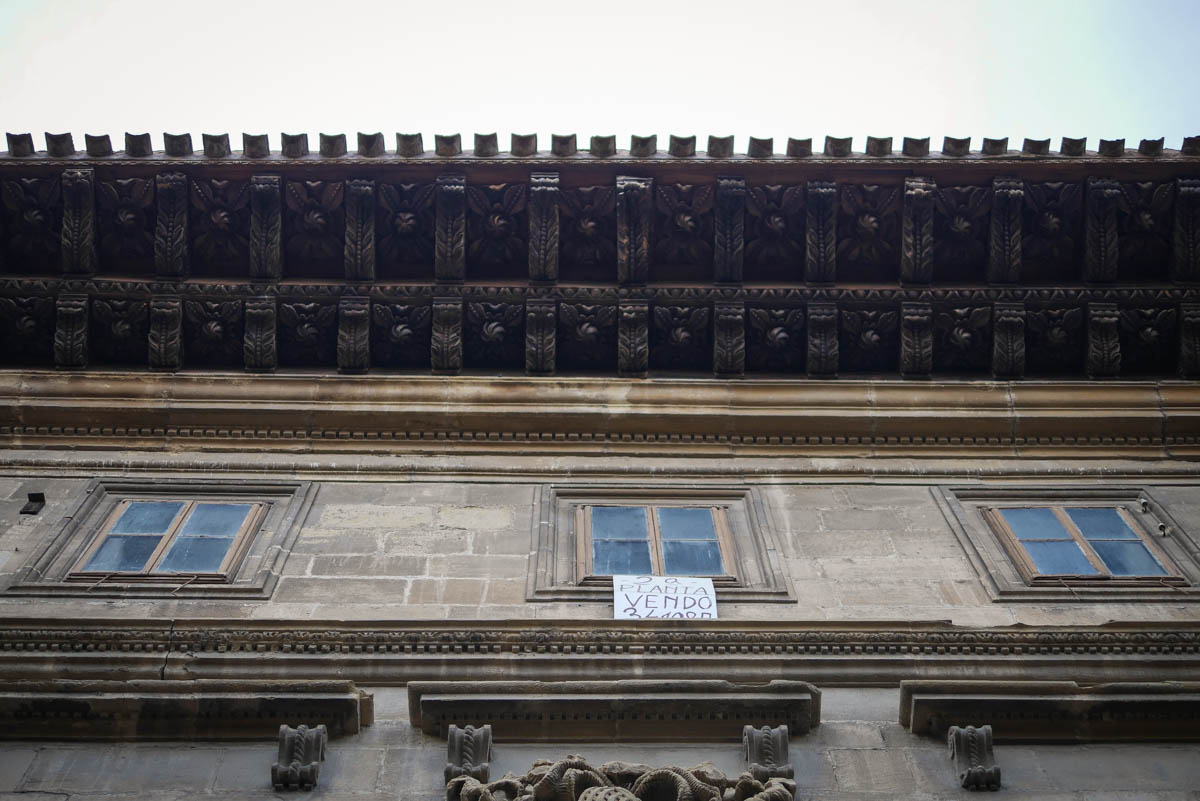
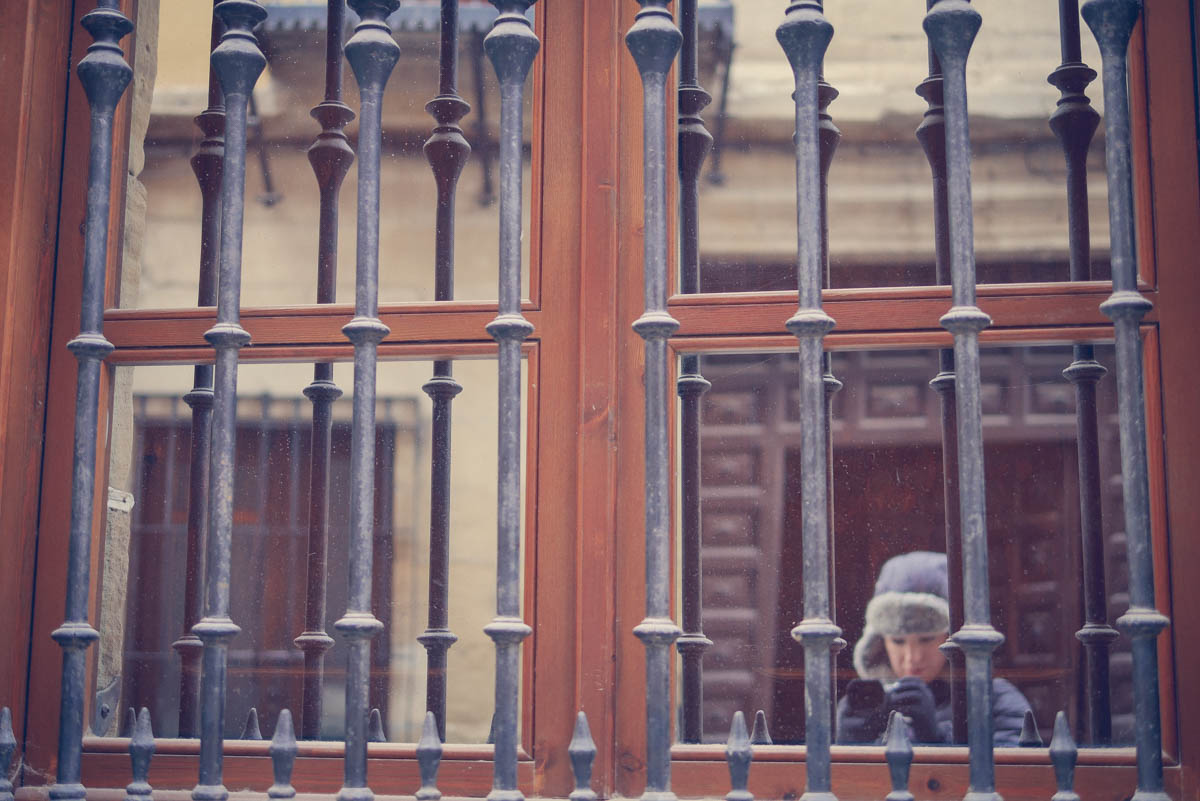
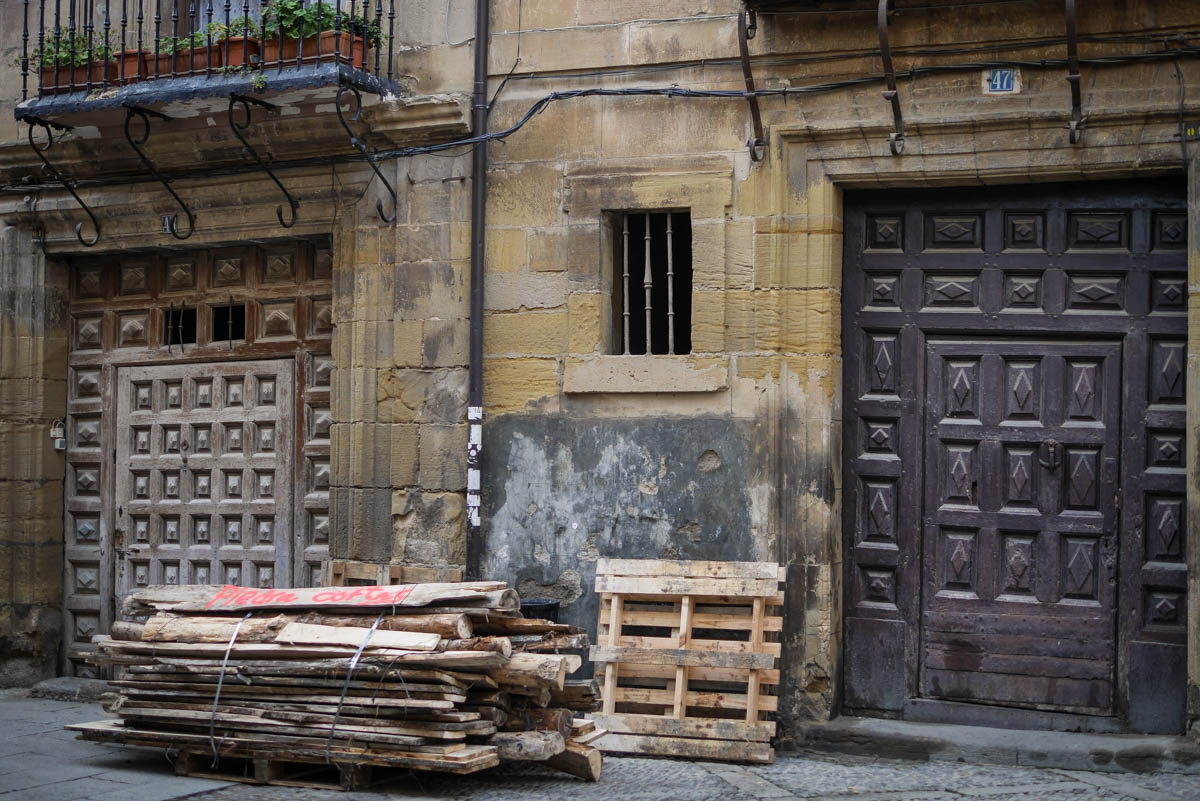
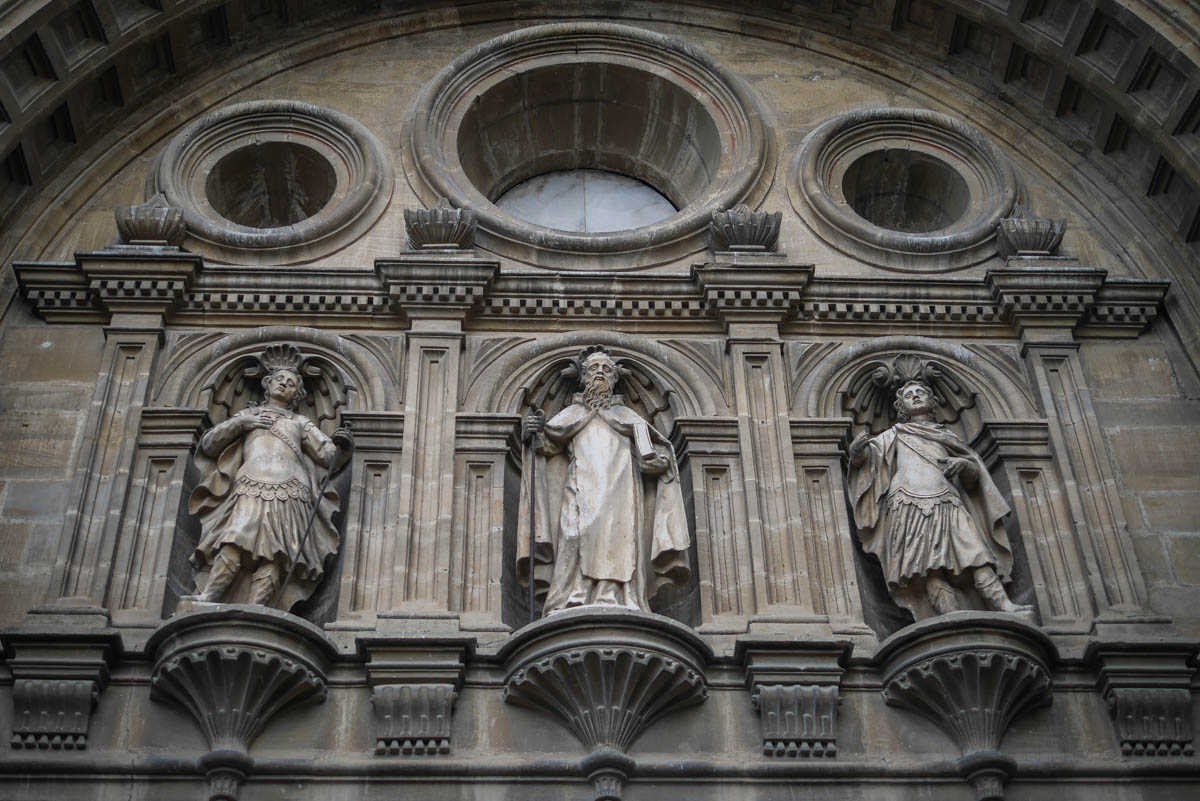
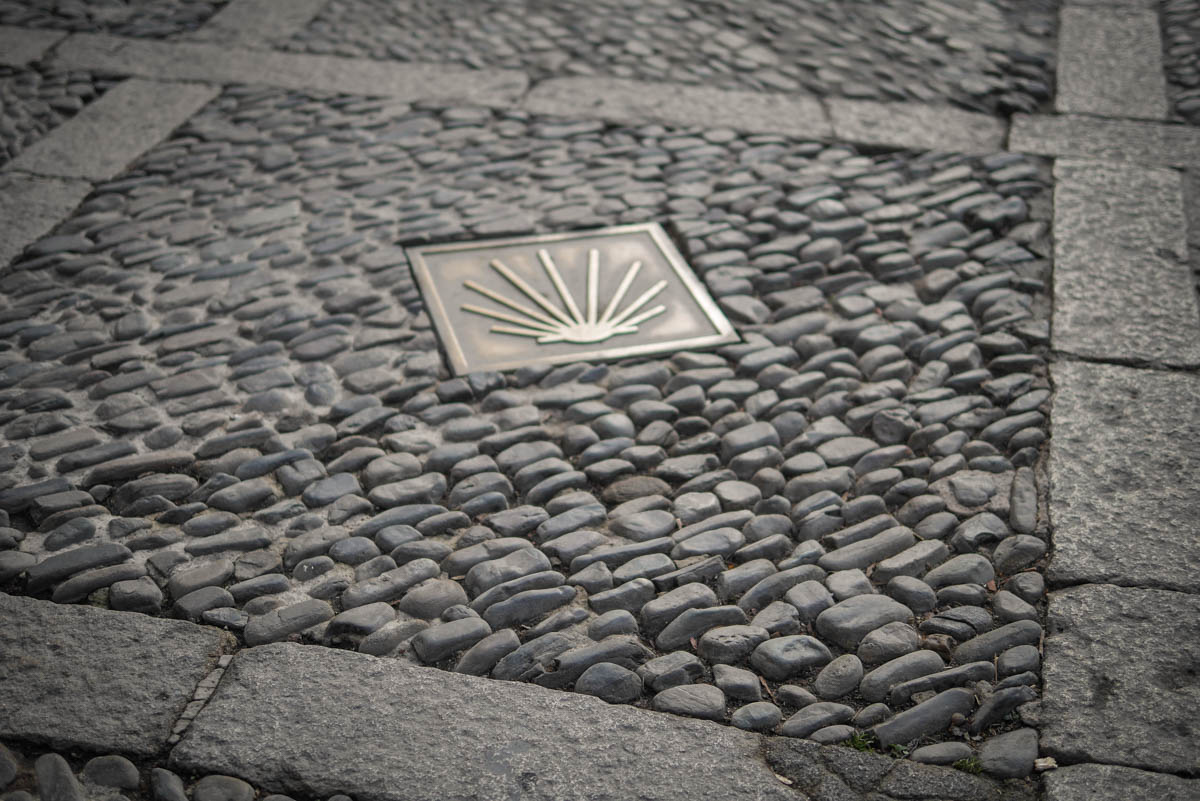
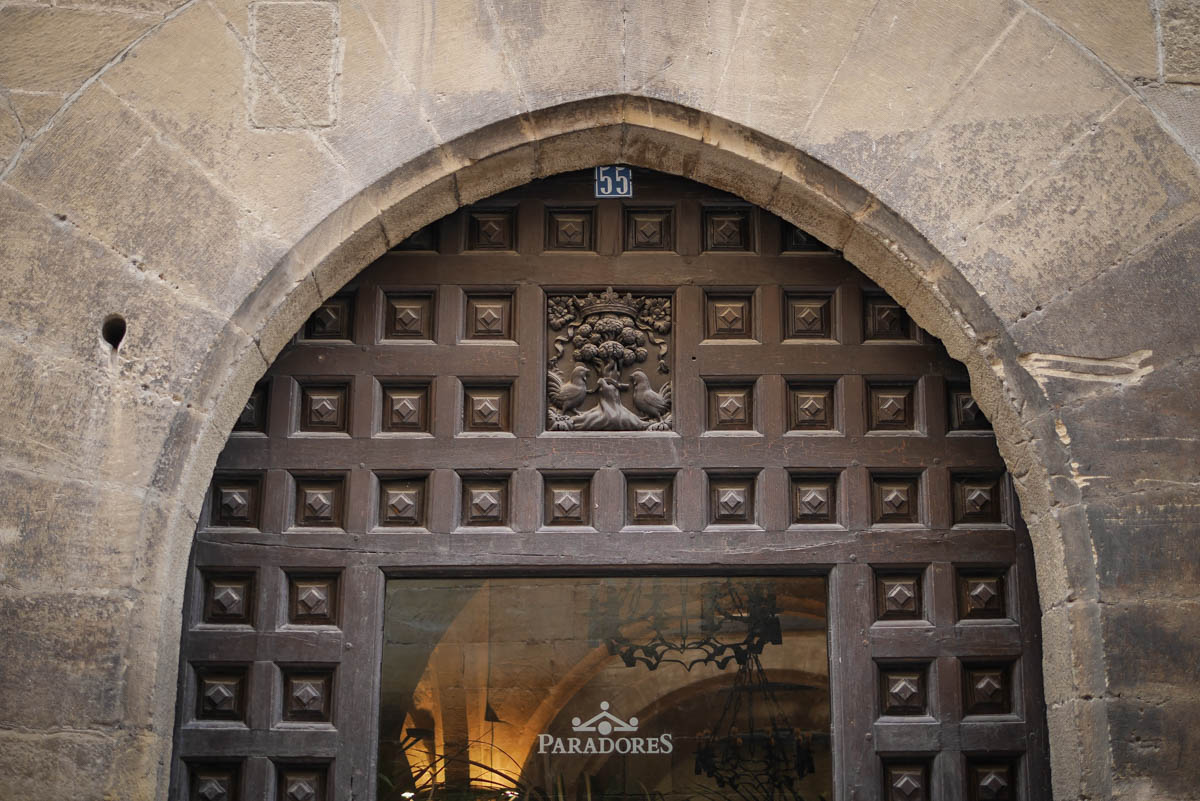
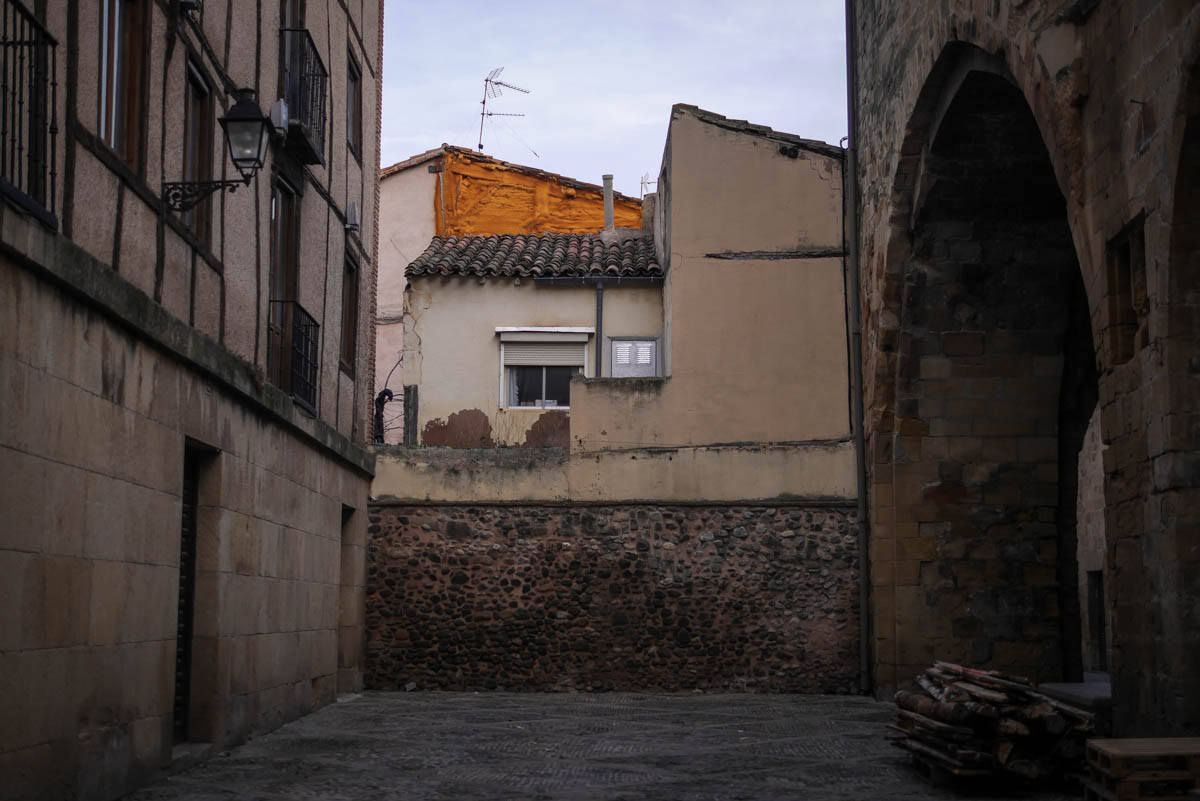
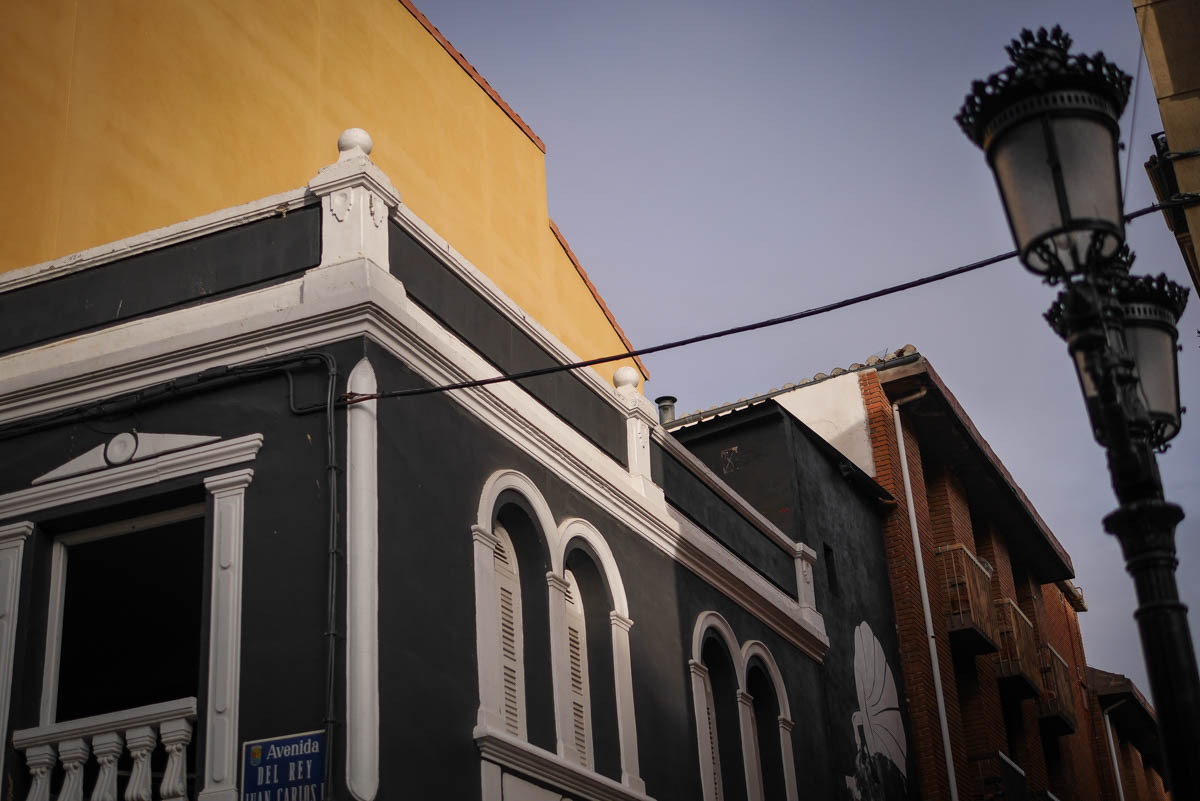
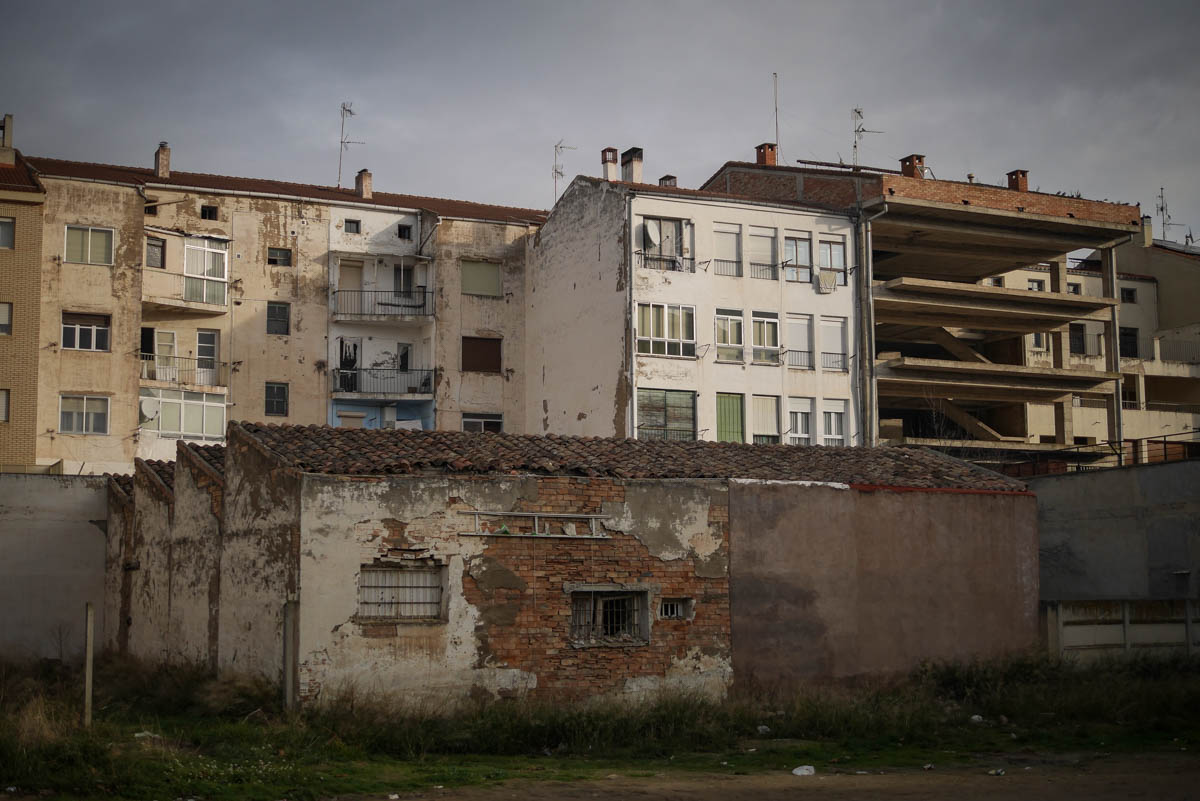
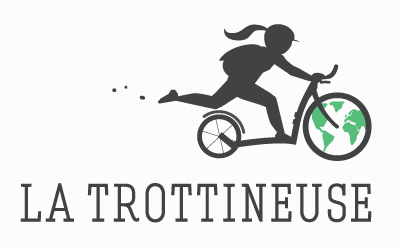
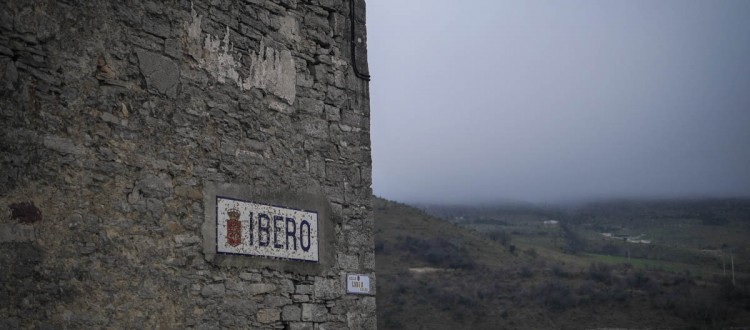











 You can be part of the adventure by making a donation or offering gear to La Trottineuse.
It will be help me kick further during the humanistic challenges: by contributing to logistics (food and punctual accommodation, ferries), equipment and communication.
Merci :)
Or you can contact me directly to obtain bank account details or any other infos : hello[at]latrottineuse.com
You can be part of the adventure by making a donation or offering gear to La Trottineuse.
It will be help me kick further during the humanistic challenges: by contributing to logistics (food and punctual accommodation, ferries), equipment and communication.
Merci :)
Or you can contact me directly to obtain bank account details or any other infos : hello[at]latrottineuse.com